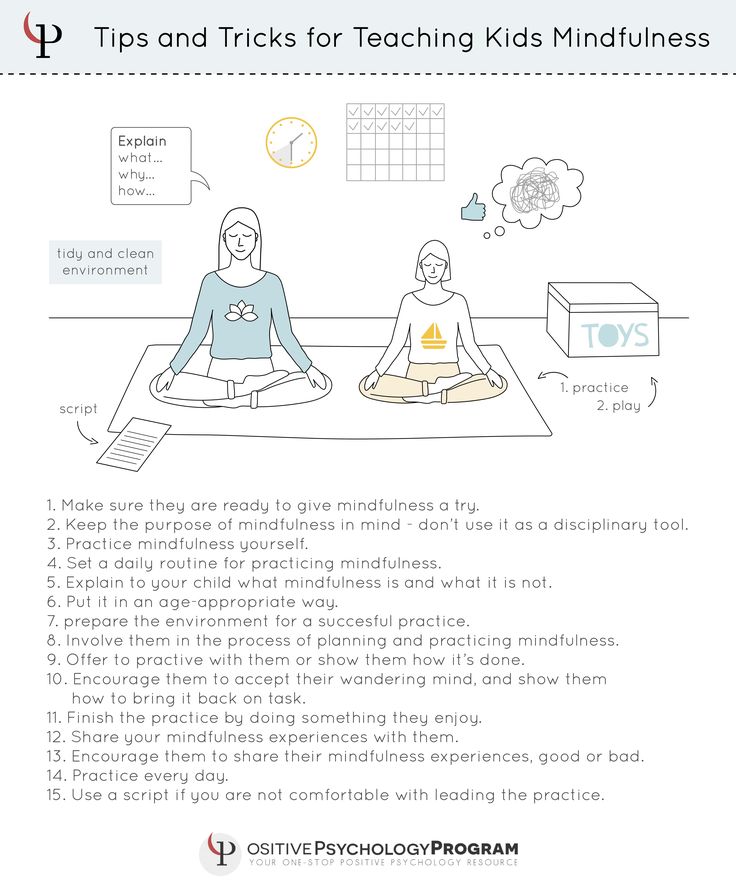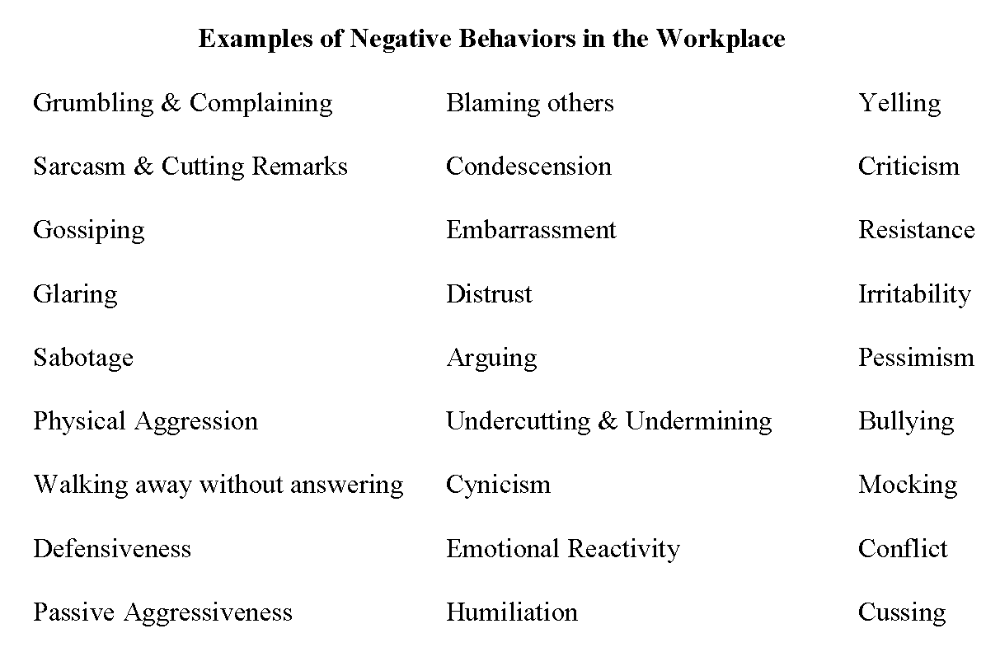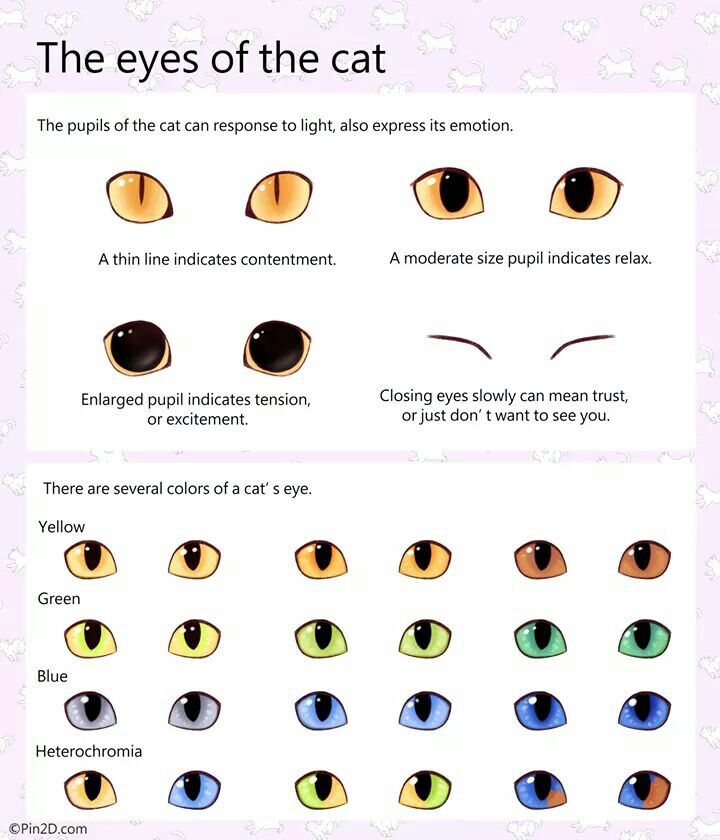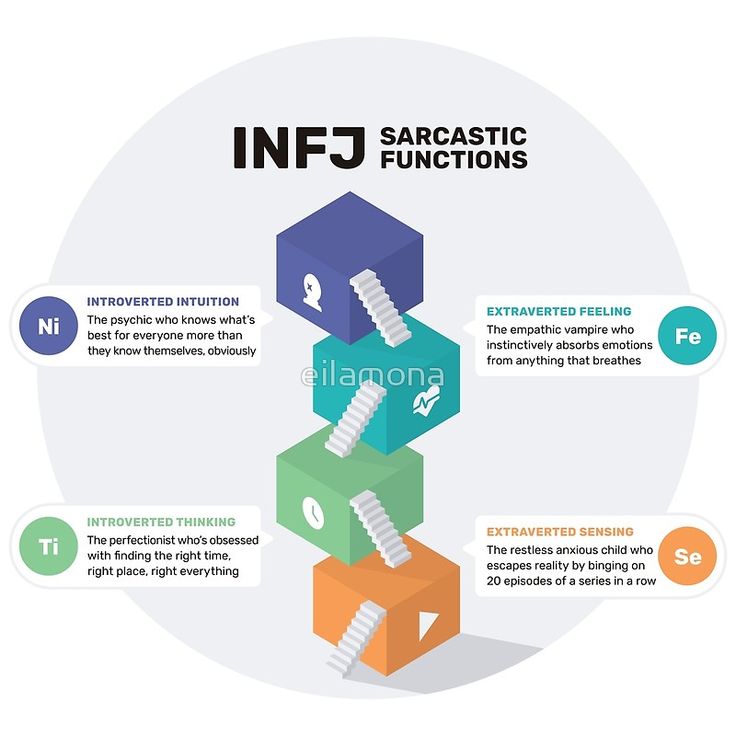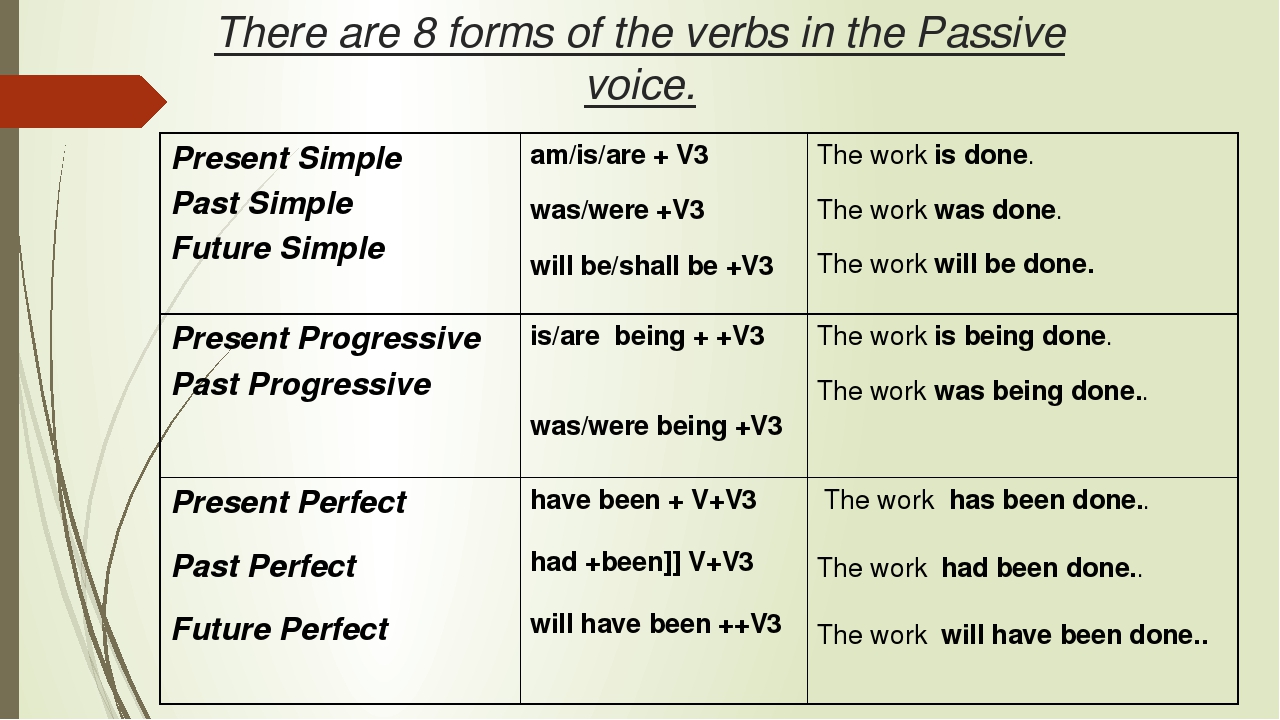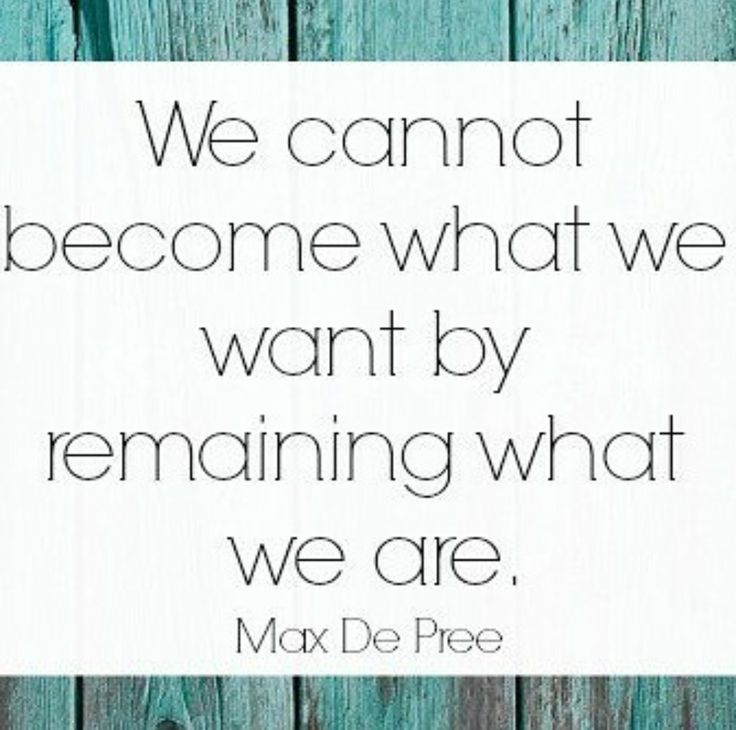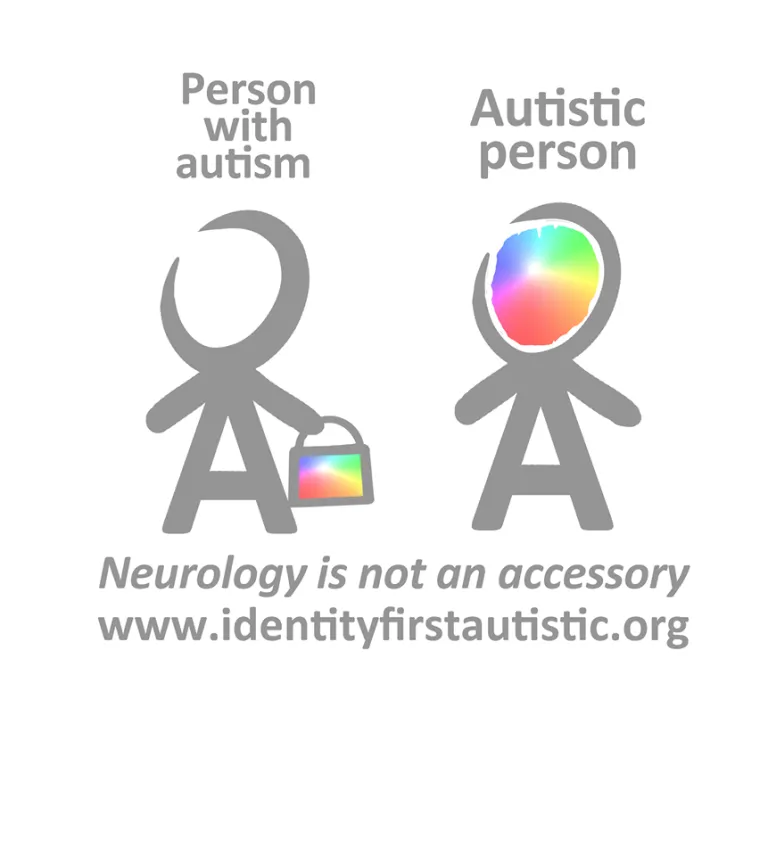Unique mindfulness exercises
7 Creative Mindfulness Exercises
I'm a big proponent of meditation. Studies have shown that it's a great brain boost and there's tons of anecdotal evidence that it literally changes people's lives. The problem is that I usually get re-stressed as soon as I step off my meditation cushion.
Who am I kidding? I meditate with the HeadSpace app while lying on my bed.
Who am I really kidding? I stopped using the HeadSpace app right after my daughter was born and after two years, decided to finally cancel my subscription.
If you can carve out five or ten minutes a day for meditation, do it up. Knock yourself out. I'm here for it.
But if you can't right now, don't sweat it. I've got some creative mindfulness exercises just for you.
There's more to mindfulness than crossing your legs, closing your eyes, and watching your mental clouds roll by.
I wrote the book on how improv affects the brain. But then I found myself as anxious and worried and stuck in my head as ever.
I felt like a hypocrite.
I knew that improv helped people get out of their heads and go with the flow, but I was stuck in the opposite mode during my everyday life.
So I developed 120 everyday games. They're based on improv and acting and weird shit my mom said growing up. But mostly they're based on and adapted from my improv research.
The 120 games are part of 12 life lessons inspired by improv. When I started playing these everyday games, I started to be more mindful, joyous, and connected in my everyday life.
So give it a try. Play these 7 creative mindfulness exercises to become more mindful today.
7 Creative Mindfulness Exercises
1. Call It Like You Sees It
Improv rehearsals sometimes start with everyone walking around the space, pointing at things and naming them aloud.
"Lamp." "Floor." "Window." "Wall."
Why in the world would improvisers do this?
It's to start focusing on the here and now. What is literally in the room with them?
In other words, it's a mindfulness exercise.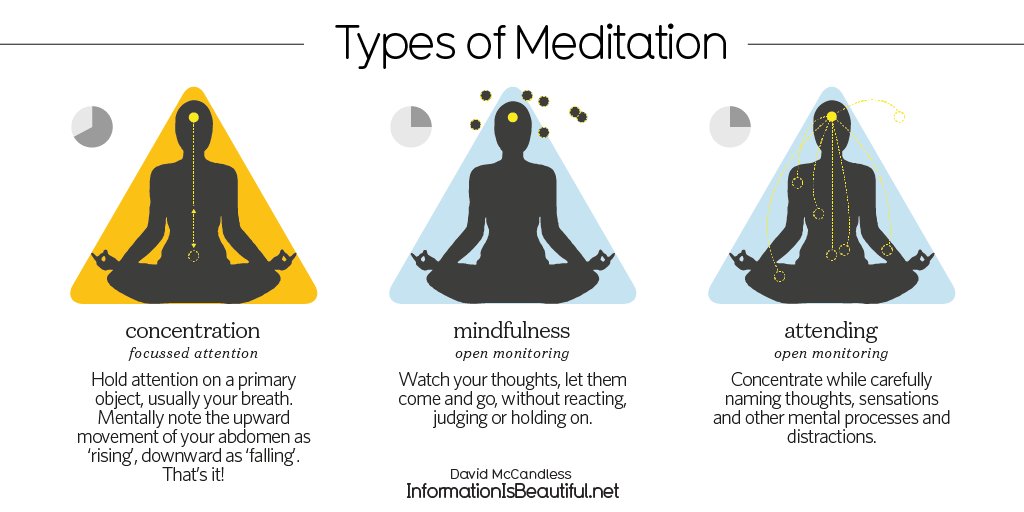
So the next time you're on your way somewhere, I want you to Call It Like You Sees It. Point to things and say their names out loud.
Any time I start spiraling, I point and name. "That's a tree" is a way to focus my brain on the present moment, and it's way better than thinking about the interest rate on my student loans.
2. Alien Game
When I lived in the city, I would always struggle through those crowded streets, so I came up with the following creative mindfulness exercise to help me go with the flow.
Alien Game is simple. Just pretend you're an alien sent to Earth from another planet. Which planet? Totally up to you.
You could be a Conehead or a 3rd Rock from the Sun or even a Codependent Lesbian Space Alien.
The point is to pretend that you don't understand the strange ways of the earthlings.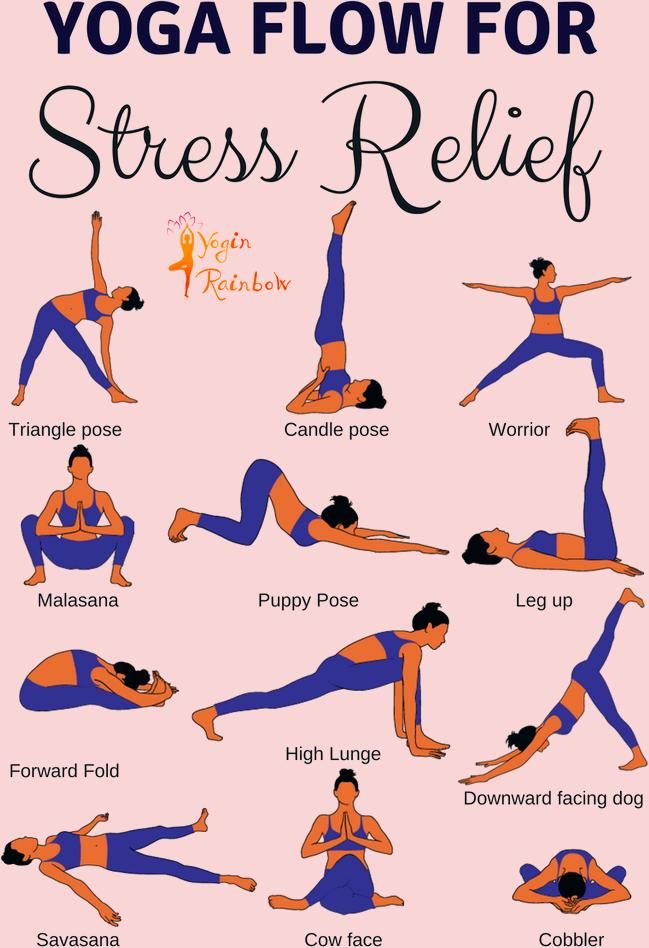 Pay close attention to how they walk and talk and then try your best to just fit in and go under the radar.
Pay close attention to how they walk and talk and then try your best to just fit in and go under the radar.
If they're walking slowly, you walk slowly. If they're on their phones, pretend to be on your phone.
This will help you to be more mindful and nonjudgmental about the group. It will help you go with the flow, instead of forcing against it like a salmon.
And isn't it better to be an alien than a salmon?
3. Curious Detective
Curious Detective is in the same ballpark as Alien Game.
But instead of pretending to be an alien, I want you to pretend you're a detective. Again, you get some choices. You could be Columbo or Sherlock Holmes or even a gumshoe chasing Carmen Sandiego.
The point is that you need to pay very close attention when talking with people.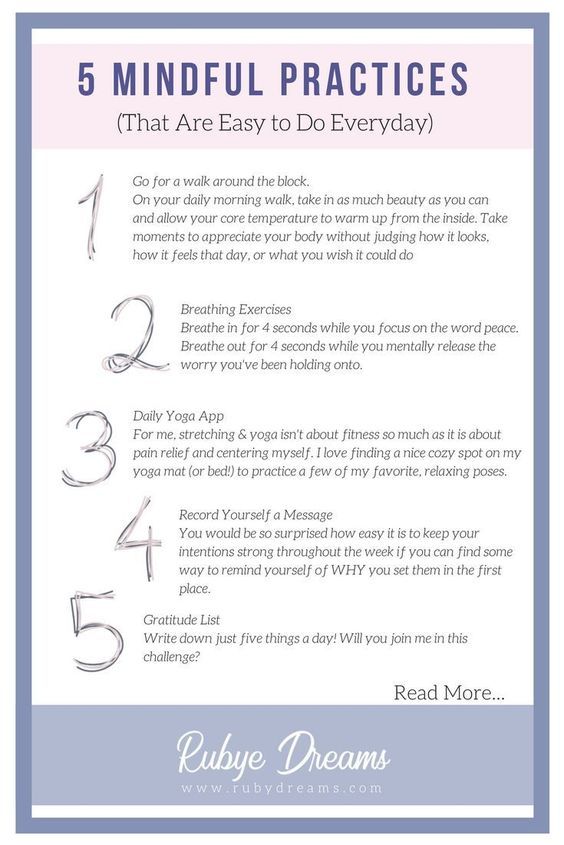 Pay attention to what they're saying and how they say it. Ask questions and really pay close attention to the answers.
Pay attention to what they're saying and how they say it. Ask questions and really pay close attention to the answers.
You are a detective, so you need to get to the bottom of what makes people tick.
This will help you to be more mindful of your social interactions, instead of being on autopilot or being trapped in your head.
4. Poetry to My Ears
Creative mindfulness exercises can also help us appreciate what people are saying.
In Poetry to My Ears, you need to pretend everyone is a freakin' poet. Like a Nobel laureate poet.
When someone talks to you, listen carefully for the gems and the joys of what they say. Listen to the rhythms and the allusions. Think back to high school English class. You're going to want to identify the beautiful poetic devices nestled like eagles in the words of your husband, your boss, your mother-in-law, and even that salesperson who just cold-called you.
There's beauty all around us, but sometimes it takes creative mindfulness exercises like Poetry to My Ears to start being aware of it.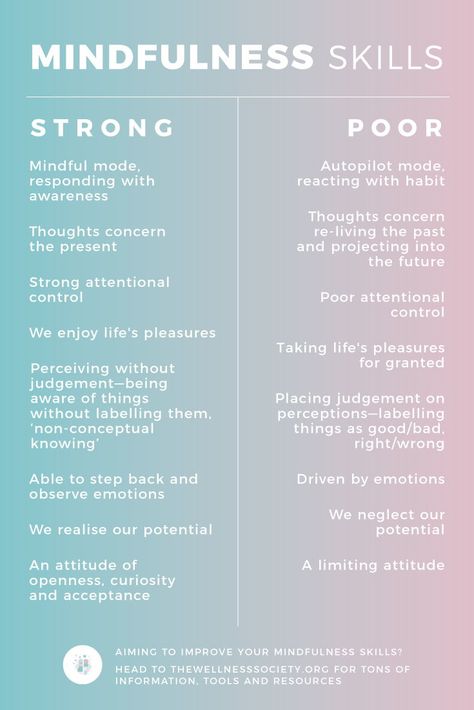
5. Teach Me, Sensei
Sometimes we go through our day without really paying attention to much of anything. We think we've heard it all before. Next!
Teach Me, Sensei is a creative mindfulness exercise to help you break this bad habit. After all, you don't know everything. There are always new things to learn!
Pretend everyone you encounter is a wise old teacher. You are trying to learn something from every single person who crosses your path.
I've learned about local fairs from a cashier at the grocery store. Book recommendations at a pet store. And parenting hacks at the playground.
When I think I know it all, I don't learn anything from anyone. But when I am searching for people's wisdom, they are wise.
Be open to learning in order to be more mindful of what others can teach you.
6. You are a Unicorn Sliding Down a Rainbow
I'm all about trying to be more mindful of other people, not just of my inner thoughts and feelings.
You are a Unicorn Sliding Down a Rainbow is a creative mindfulness exercise that asks you to try your darndest to see every single person's inner unicorn.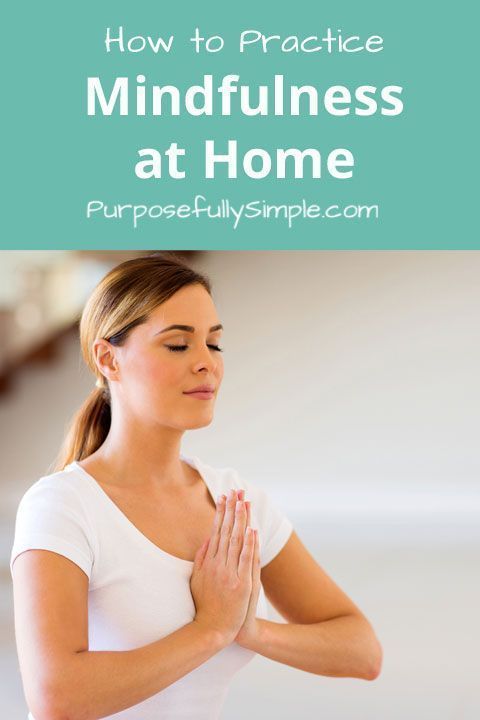
What makes them magical, interesting, or special?
Trying to identify everyone's unicorn qualities will help you focus more on others and pay more attention to their positive attributes.
This will help you get out of your head and see the good in others.
7. Rinse and Repeat
The last of the creative mindfulness exercises is called Rinse and Repeat.
I sometimes find myself forgetting what someone has just told me. It's because I am thinking about something else or just generally zoned out.
Rinse and Repeat helps you to be more mindful and present while conversing with others.
To play, all you do is repeat the last thing someone said to you.
We need an example.
Let's say someone says, "I'll just put those in my mailbox in the office, and you can pick them up later."
I would say, "I can pick them up later...." and then go from there.
This helps me tune into what people are telling me and affirm that I am indeed mindful of the blahs that are coming from their mouth holes.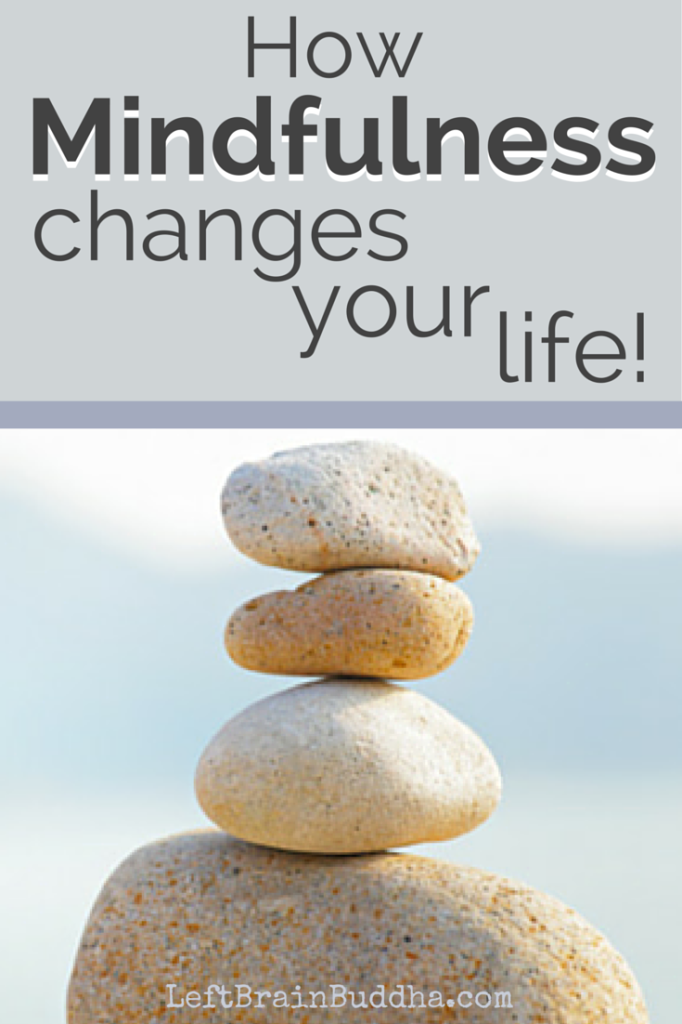
Final Thoughts on Creative Mindfulness Exercises
Meditation is great. For some people and at some times.
But for people like me, we need creative mindfulness exercises that help us be more present throughout the day. I need help being mindful when I'm walking down the street, talking with a friend, and enjoying one of my Target runs.
Sometimes that means I pretend to be an alien or a detective. Sometimes it means I look for people's inner unicorn or listen for the poetry in their everyday speech.
It's important to be more playful and find fun ways to enjoy your everyday life. And these 7 creative mindfulness exercises will start to help you do just that.
More Mindfulness Resources
- How to Practice Mindfulness Throughout the Day
- 12 Lessons for Life Inspired by Improv
- The Mindfulness Challenge
- Fun Mindfulness Exercises
Easy Mindfulness Exercises for Any Age
There are many mindfulness activities available for children, teens, and adults that can relieve stress and help you be more present in the moment.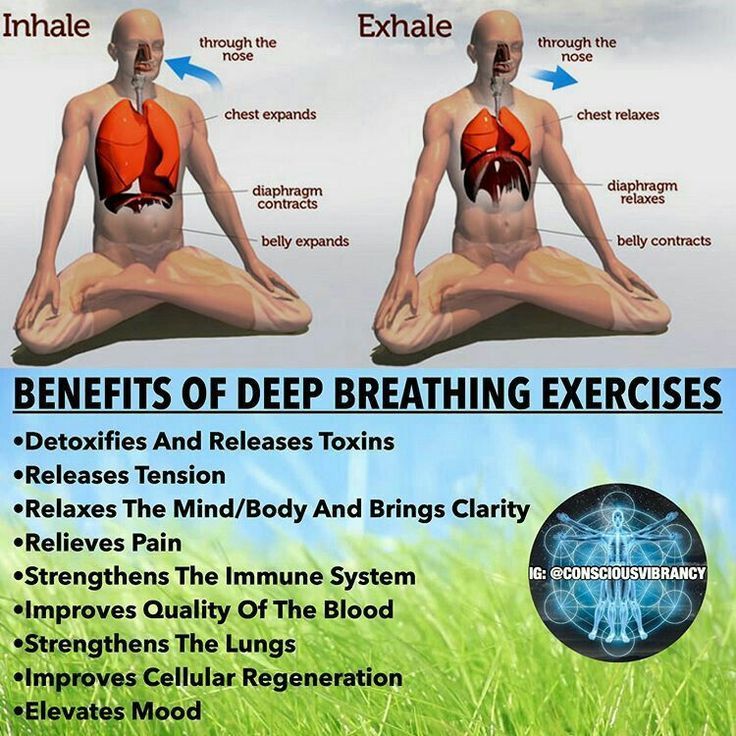
The practice of mindfulness is gaining popularity as a way to ease stress, soothe anxiety, and be more present and engaged in life.
Interestingly, some research suggests that mindfulness meditation may even be beneficial for issues like anxiety, chronic pain, and depression.
The good news is that incorporating mindfulness activities into your routine can be incredibly simple, no matter what your age.
With a little forethought, almost everything you do can become an opportunity for mindfulness, whether you’re an adult, a teen, or a child.
The everyday mindfulness activities below offer plenty of opportunities to slow down, get present, and be more aware of yourself and your surroundings.
One of the most common and well-known mindfulness activities for adults is meditation. While it may seem esoteric or inaccessible, meditation can actually be very simple.
These exercises are meant to transform everyday experiences into mindful moments.
Gratitude list
Creating a gratitude list may help improve well-being and promote positivity by helping you focus on the things that you’re grateful for.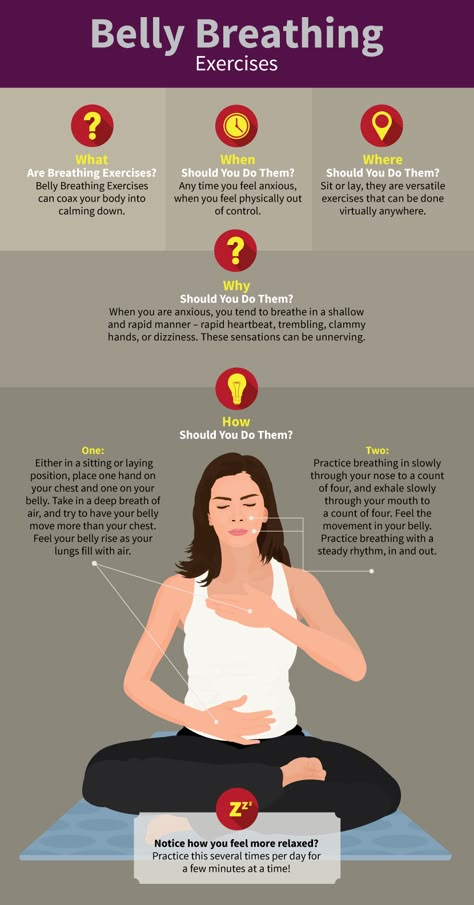
Try adding 3-5 items to your list each day and build it into your daily schedule to stay consistent.
You can write your gratitude list first thing in the morning to get your day off to a great start or list a few things that you’re grateful for before winding down for bed.
Walking meditation
Walking meditation is exactly what it sounds like: a form of meditation you practice while walking, often in a straight line or circle.
You can do it almost anywhere, whether you’re walking to work, taking a stroll around the neighborhood, or hanging out with your kids at the park.
Mindful driving
If you’re driving your car, you can engage with the process by focusing on the weight of the vehicle underneath you, the texture of the road you’re driving on, the sound of the tires against the gravel, even the shape and feel of the seat against your rear.
Then, you can send your focus out to scan your environment and become aware not only of other vehicles, lights, and pedestrians, but also of the terrain, foliage, and skyline.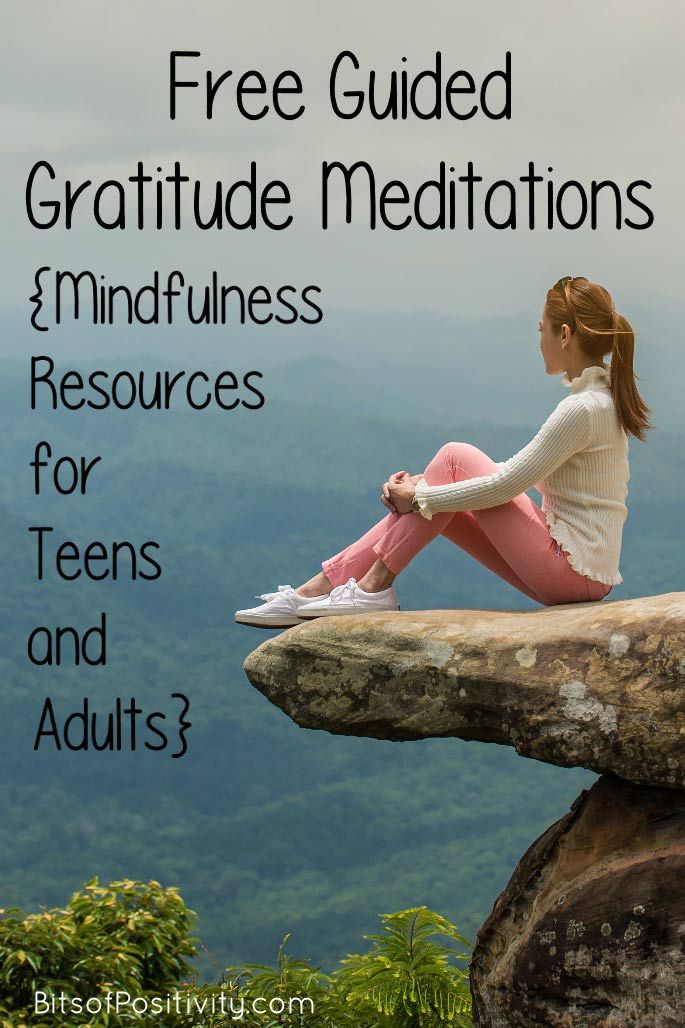 With practice, you may even become a better driver.
With practice, you may even become a better driver.
Keep your phone on silent, turn off the music, and save the makeup application for the parking lot.
Single-tasking
You likely (correctly!) guessed that single-tasking is the opposite of multitasking. All it requires is showing up fully to whatever task you’re working on.
If you’re working on the computer, focus on one task at a time. As much as you may not want to, close all the browser tabs that aren’t relevant to the project you’re working on. This can help free up mental space and might even create laser-focus.
To deepen the practice, focus on:
- how you’re breathing
- how your body feels in your seat, or how your feet feel against the floor if you’re standing
- the sensation of the air or your clothes against your skin
- the structure and posture of your body
Mindful eating
Mindful eating is a way to turn something you do every day into a mindfulness practice.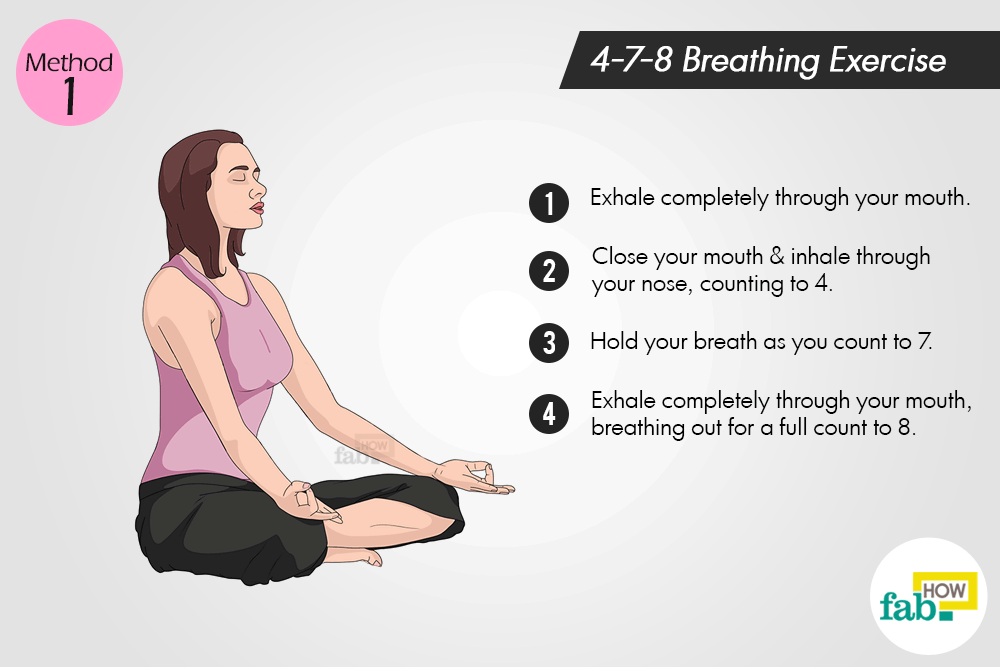
You can make mealtimes more mindful with a few basic mindful eating practices, like listening to the sizzle of your pan and chewing slowly to savor every bite.
Other mindful eating tips you might want to try include:
- Try eating with your non-dominant hand.
- Eat the first few minutes of your meal in silence and focus on the flavors, aromas, and texture of your food.
- Turn off your TV and put your phone away while you eat.
Mindful gardening
Gardening is a great way to practice mindfulness and connect with nature at the same time. Set yourself up with a simple task, like planting some seeds or watering some flowers.
As you do so, place your hand in the soil and feel its texture. Is it rough or fine? Is it damp or dry? Is it warm or cool? Allow yourself to enjoy the process as if you were a child playing.
Notice the weather — not through your mind, but through your sensations. Do you have goosebumps from a chill in the air, or is there sweat on your brow from the hot sun?
Notice any other forms of life around you, like a chattering squirrel or chirping bird.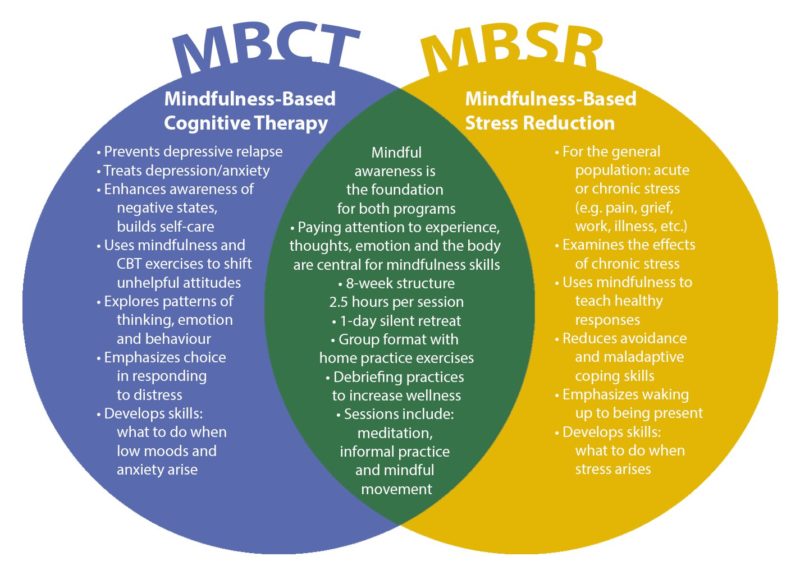 You’re likely to meet a worm or roly-poly in the soil, too.
You’re likely to meet a worm or roly-poly in the soil, too.
The best way to introduce mindfulness to kids is to make it a game. That’s exactly what the activities below do.
Wiggle and freeze game
This game is a fun way for kids to start practicing mindfulness and improve their awareness of bodily sensations using movement.
It involves wiggling, moving around, shaking, stomping, or dancing until you say, “Freeze!” Once everyone stops moving, encourage children to pay close attention to the sensations that they feel in their body.
You can repeat this game several times and can even play music and pause when it’s time to freeze.
Five sense scavenger hunt
Most kids love a scavenger hunt, and this one is specifically designed to encourage mindfulness by engaging all the senses.
All you need to do is provide a safe environment for exploration. Here are the steps for kids to follow:
- Listen. Name one thing that you hear when you listen with your ears.
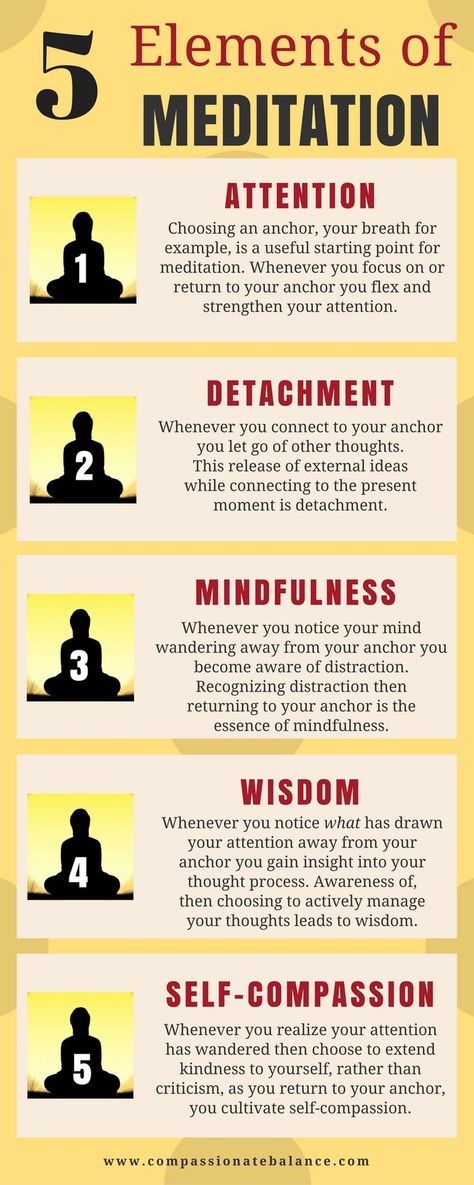
- Look. Name one thing that catches your attention when you look around.
- Smell. Name a scent that you notice when you take a sniff with your nose.
- Touch. Name an object that you enjoy feeling with your hands.
If you want to add in the sense of taste, simply supply a few kid-friendly snacks, and ask kids to name flavors they enjoy, like sweet, salty, or sour.
Monkey see, monkey do
This is a great mindfulness game to help kids increase body awareness and think about how they move in space. As the adult, take on the role of the monkey, and lead the kids through different positions.
Try to shift your weight in unexpected ways, like standing on one foot, getting on all fours, or sticking one foot up in the air.
Ask the kids what it feels like to be in each position. Is it hard to balance, or does it give them a big stretch?
Let it be silly. When kids get moving, giggles will likely ensue.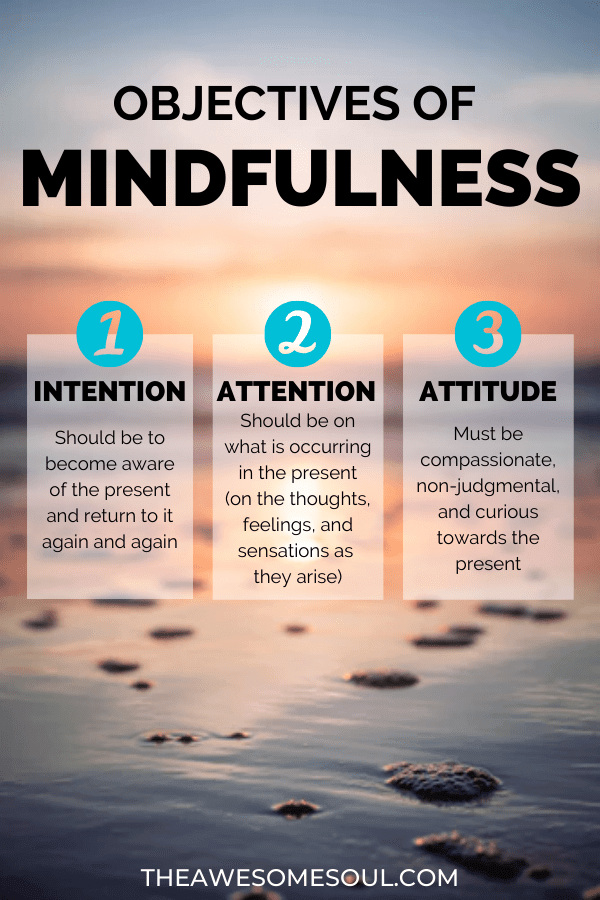 Just go with it. You can even ask the kids to pay attention to how their breath changes when they laugh.
Just go with it. You can even ask the kids to pay attention to how their breath changes when they laugh.
Dragon breathing
Dragon breathing is a fun way to get kids to practice slow, deep breathing. The simple version doesn’t require any supplies, but you can incorporate a fun craft to really drive the lesson home.
To optimize the fun, you can read or make up a short story about dragons to get everyone’s imagination flowing. Some good options are “The Mindful Dragon,” “There’s a Dragon in Your Book,” and “Train Your Angry Dragon.”
Simple version:
- Instruct the kids to take a deep breath in, filling their belly and chest.
- When they’re ready, instruct them to “breath out their fire” with a long, slow exhale.
- If you have paper available, it can be extra fun to watch the paper blow as the kids breathe out. Just instruct them to hold it about 6 inches away from their mouths and let go as they exhale.
For the crafty version of dragon breathing, check out the instructions and video tutorial on One Little Project at a Time.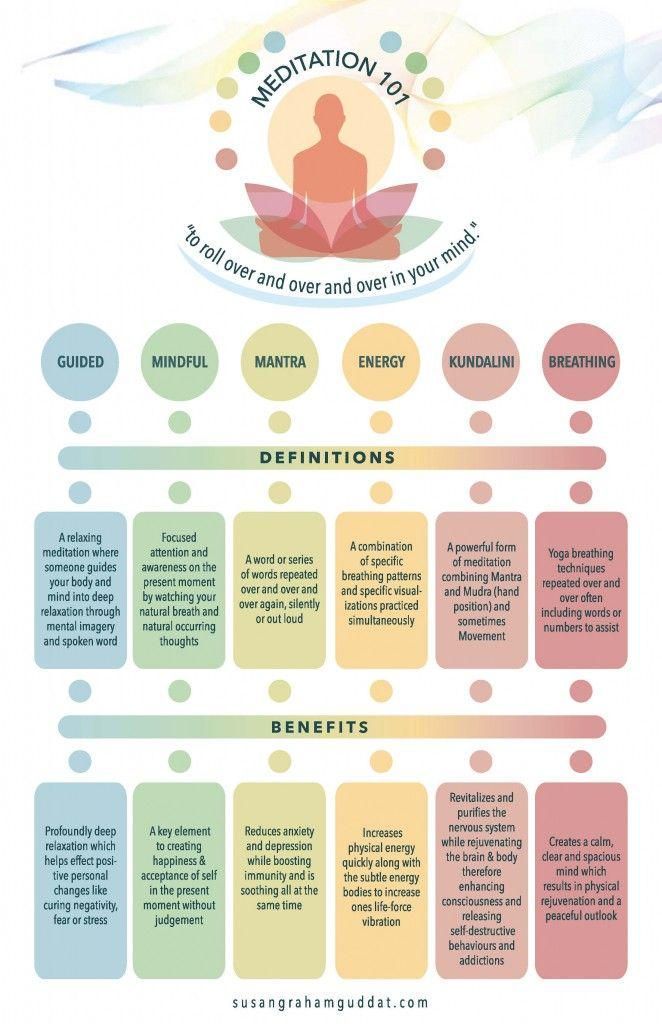
Bubble blowing
Bubbles are a classic activity for kids, and they make for a great mindfulness practice.
- First, ask the children to reflect on what they’re thinking or feeling. You can prompt them by giving examples like, “I feel tired” or “I want to eat lunch.”
- Demonstrate blowing your bubbles and figuratively putting your thoughts and feelings inside them. For instance, “I feel nervous. I’m going to put that feeling in a bubble and let it float away.”
- Point out how our thoughts and feelings are just like bubbles: They come up, and they drift away in the breeze. Sometimes they even pop.
This exercise can be especially useful for kids who have uncomfortable thoughts or feelings that they need help letting go of.
Calm cards
Sometimes, having little reminders can help kids practice mindfulness in difficult moments. This is another basic craft that provides kids with a tool to take with them in their day to day.
Help the kids reflect on activities that help them feel calm, like drinking water, taking breaths, closing their eyes, reading a book, or hugging a friend.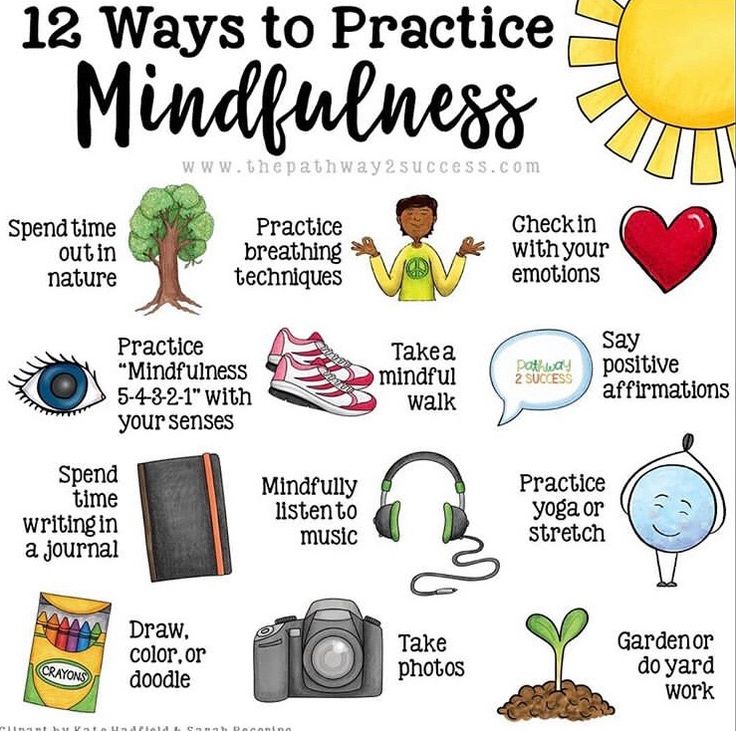
Then, ask them to draw pictures of these activities on separate cards. You can also provide them with printed pictures to paste.
If the kids can write, have them label the cards (if not, you can label for them). Hole-punch the cards and bind them together with a bit of yarn or a book ring.
Kids can use the cards whenever they’re feeling upset, angry, scared, or sad to help them regulate their emotions and feel better.
You can make your own cards, or try this printable version from Babies to Bookworms.
More mindfulness resources for kids
“Sitting Still Like a Frog” is a book and CD full of simple mindfulness exercises for kids and their parents. The practices use creative, kid-friendly language to make mindfulness accessible to little ones. You can also find the audio online from the publisher.
GoZen is an educational gold mine of mindfulness resources. They offer programs, resources, printables, books, and more. They’re all designed to help kids regulate their emotions and navigate life.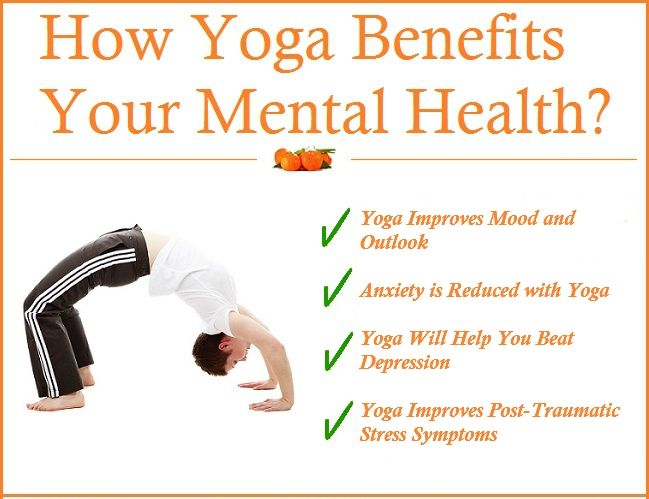
Mightier is a biofeedback video game that teaches kids to use breathing to slow their heart rate and calm down. Kids play while wearing a heart rate monitor. When their heart rate goes up, the game gets more challenging. An on-screen character then prompts them to practice breathing to get their heart rate down.
You may think teens would be a tough nut to crack when it comes to mindfulness. Luckily, many teens have interests that can help them access mindfulness in a meaningful way.
Music appreciation
Music can be a great entry point into the world of mindfulness for teens.
To practice, teens simply need their favorite music and a space where they won’t be interrupted. Ideally, the music will be something they haven’t heard too many times before. Headphones work, too.
Let them can pick their own song that’s a reasonable length. (They might want to save the 15-minute guitar solo for another time.)
Then, they can simply get comfy and tune into the music.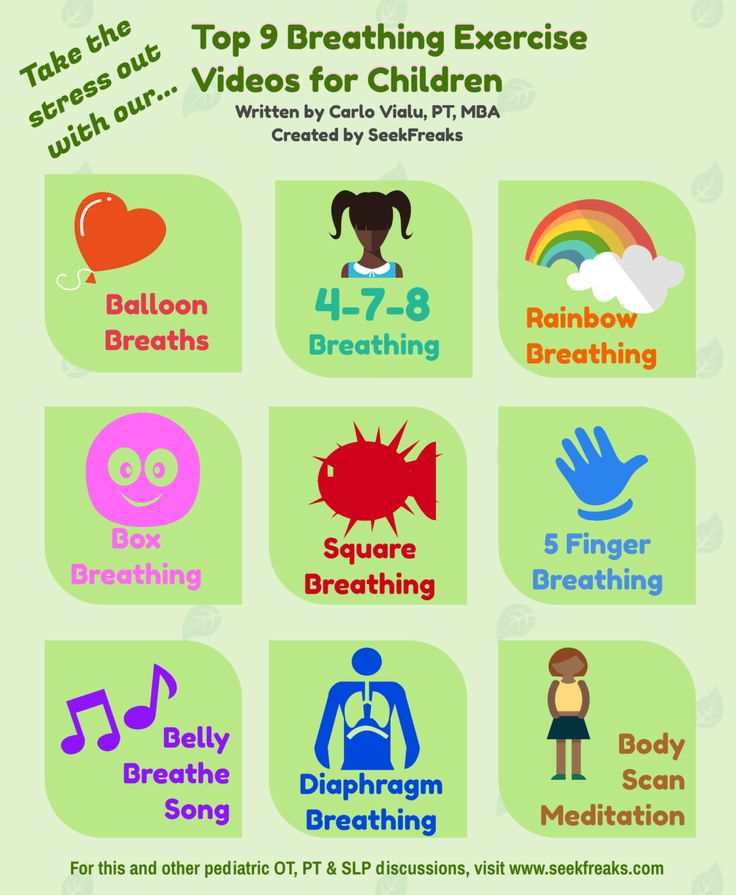 They can ask:
They can ask:
- How does it feel in my body as I listen?
- What different sounds can I hear that I might not have noticed before?
- How does my breath change with the rhythm of the music?
Mindful movement
Movement is a great way for teens to get in their bodies and let loose, discharging pent-up energy and allowing for self-expression. It’s another way to incorporate mindfulness that uses music, which means it may hold particular appeal for teens.
Mindful movement involves moving the body along to music without thinking about executing dance moves or appearance. It’s simply free-flowing music interpretation.
There’s no way to do this incorrectly. It’s simply expressing how the music feels.
Group-based mindful dance
If you have a teen who’s into dance and movement, they may enjoy attending an Ecstatic Dance session.
Ecstatic Dance offers a safe space for people of all ages, including families, kids, and teens, to mindfully move together.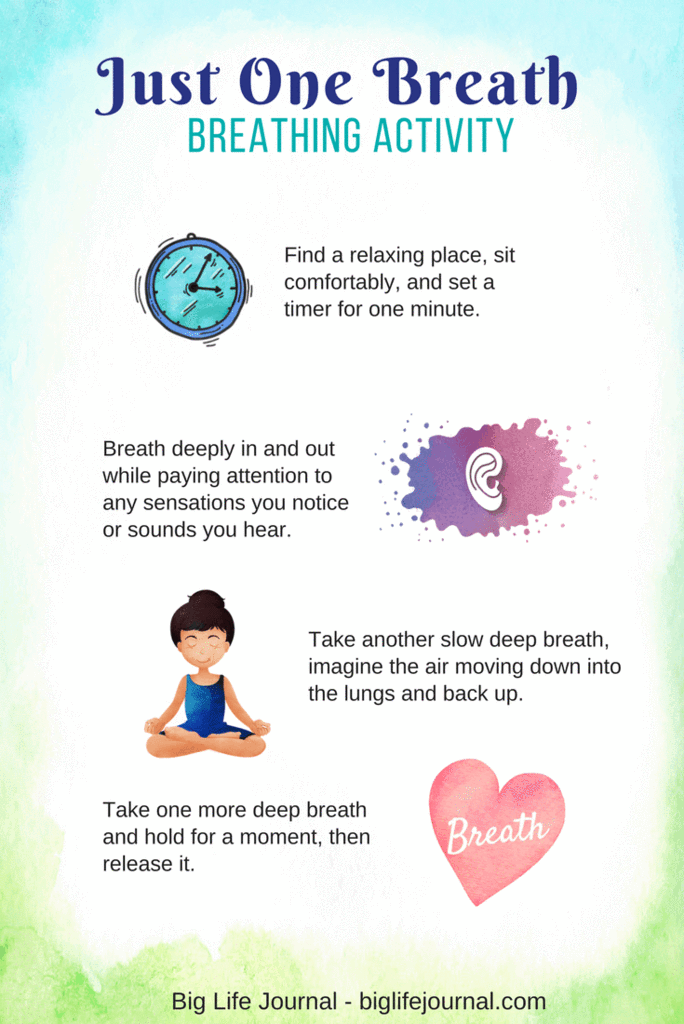 Sessions are substance-free and silent, which means it’s a great place to explore movement safely and without the distractions that go with a typical public dance floor.
Sessions are substance-free and silent, which means it’s a great place to explore movement safely and without the distractions that go with a typical public dance floor.
They have events that take place all over the world as well as online. Simply search for your location with the phrase “ecstatic dance” to find the closest event to you.
Shaking
Shaking is another fun way to blend movement and mindfulness that doesn’t even require music.
This is also known as a tension and trauma releasing exercise, or TRE. Find full benefits and instructions here and a step-by-step video here.
Puzzles
Puzzles are a great way to sharpen the mind, but they’re also a mindfulness practice. They require focus, attention to detail, and presence of mind while also being fun and rewarding.
They include:
- jigsaw puzzles
- crosswords
- sudoku
- word finds
- spot the differences
- riddles
Teens may enjoy puzzles and not even realize they’re practicing mindfulness at the same time.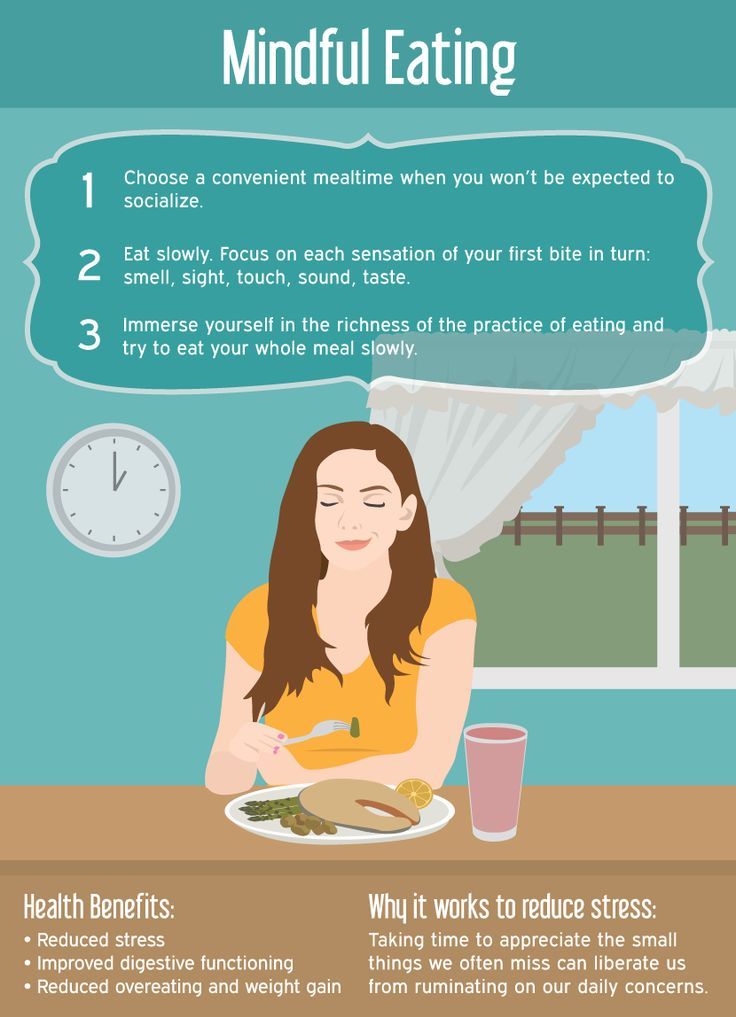 To encourage reflection, they can ask:
To encourage reflection, they can ask:
- When I get frustrated, what does it feel like in my body?
- When I solve a new piece of the puzzle, how does my body respond? How does my heart rate change?
- How am I breathing differently as I play versus before I started?
Apps
If stereotypes are to be believed, teens and apps go hand in hand. Luckily, there are a number of apps geared toward teens that teach mindfulness and meditation in a relatable way.
Aura is an app geared toward teens that sends 3-minute meditation reminders each day. It also includes a nature sounds meditation timer, gratitude journal, goals list, and an intelligent meditation personalization — all with Google calendar integration.
Stop, Breathe, and Think allows teens to chart their physical, mental, and emotional health while suggesting appropriate meditations. The app was designed with the idea that teens have a hard time transitioning straight from activities to meditation.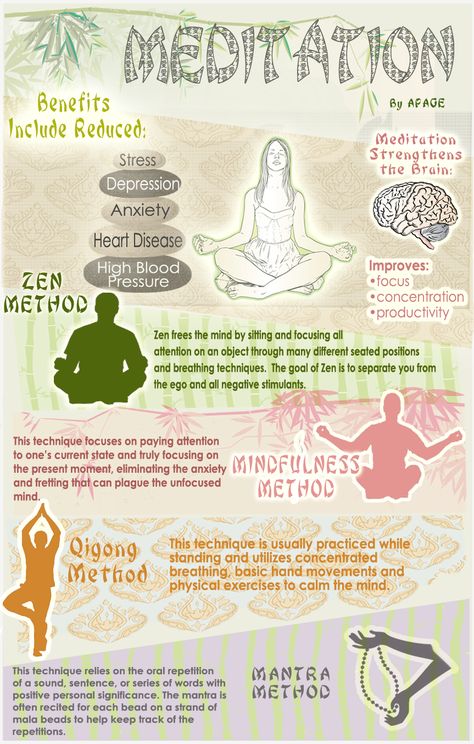 The intermediate step of a check-in helps them recalibrate and settle into a more mindful state.
The intermediate step of a check-in helps them recalibrate and settle into a more mindful state.
BetterSleep is a great choice for teens who love music. It allows users to mix their own sounds to use for mindfulness. The app also gives users the option to add meditations targeted for better sleep, more focus, or decreased anxiety.
Simple Habit offers meditations curated for specific situations, like getting ready for a test, commuting, taking a bath, and even soothing premenstrual syndrome. Tracks are 5 minutes long, making the practices easy to incorporate daily.
According to a 2018 study, mindfulness meditation may help reduce markers of stress in people with generalized anxiety disorder. Try the practices below to calm and ground.
Body scanning
Body scan meditation is a simple, relaxing way to calm the mind and body. It involves using awareness to mindfully scan your body for sensations, like pain or tension.
To practice, you simply lie down, relax the body, and tune in to what you’re feeling.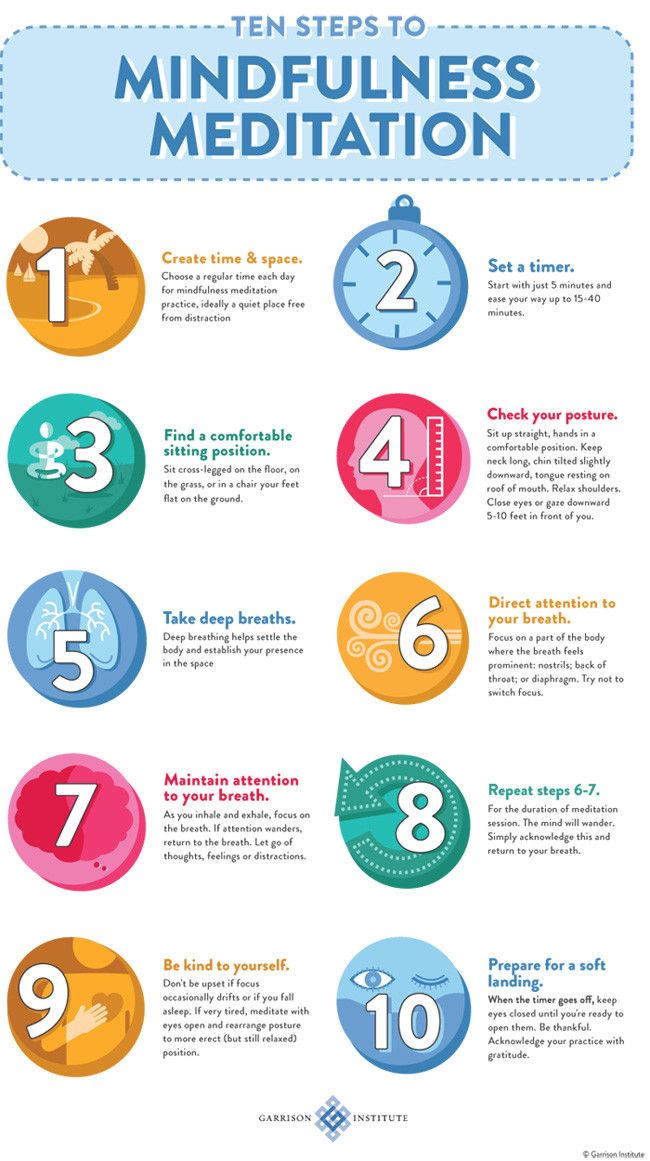 For full instructions, benefits, and tips, check out this article.
For full instructions, benefits, and tips, check out this article.
Tracking
Tracking is a somatic experiencing technique that can help you feel grounded and present in the space you’re in. This is done by looking around the room and observing objects with mindfulness.
You can find full instructions here.
Box breathing
Box breathing is a technique that involves taking full, deep breaths to calm the nervous system. It’s also known as four square breathing.
Find full benefits and instructions here.
Acceptance and self-compassion
Anxiety can often involve resistance and fear toward the anxiety itself. One way to relax the hold anxiety has on you is to accept it. This can involve a simple reframing of anxiety as a strength rather than a shortcoming.
When you do so, you may also find that you can more easily let go of self-blame or shame around having anxiety in the first place.
Mindfulness doesn’t have to be a solo activity.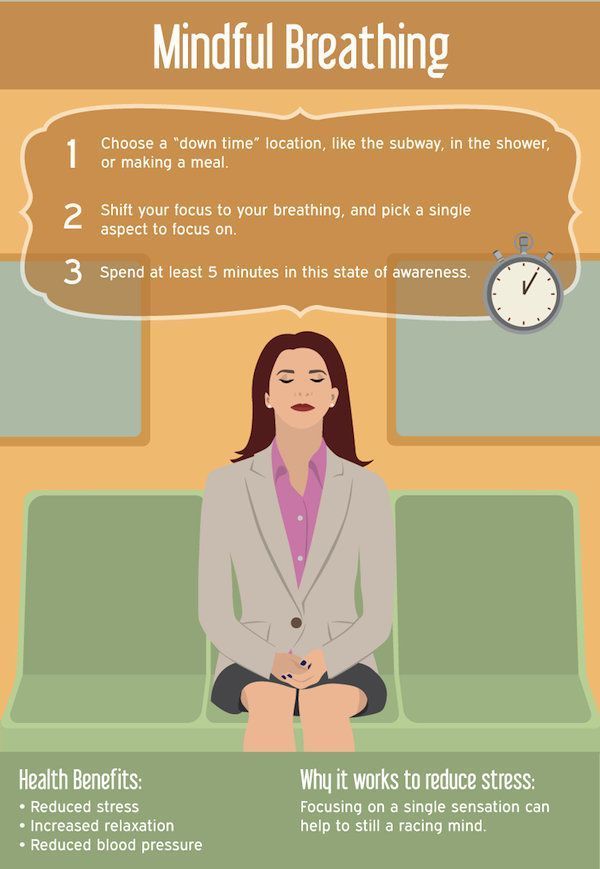 In fact, practicing mindfulness with others can be a powerful reflection tool.
In fact, practicing mindfulness with others can be a powerful reflection tool.
Blindfolded movement
Blindfolded movement is a way to heighten your senses and shut off your need to “look good.” It can come in the form of blindfolded yoga or even open-ended, free-form movement.
For the latter, participants move at a very slow pace. When they start to sense another person nearby, or accidentally graze a shoulder or elbow, they can mindfully move in the other direction.
Eye gazing
Eye gazing with a partner is a powerful way to connect and see what comes up when you engage in this intimate practice. All you need to do is sit facing each other, set a timer for 1 to 5 minutes, and stare into each other’s eyes.
You may find that strong emotions come up, and that’s OK. If you’re practicing in a group, you can switch to a new partner after the first round and continue in this way until all participants have practiced together.
Partner breathing
Partner breathing is similar to eye gazing, except that you sit back to back with your spines lined up.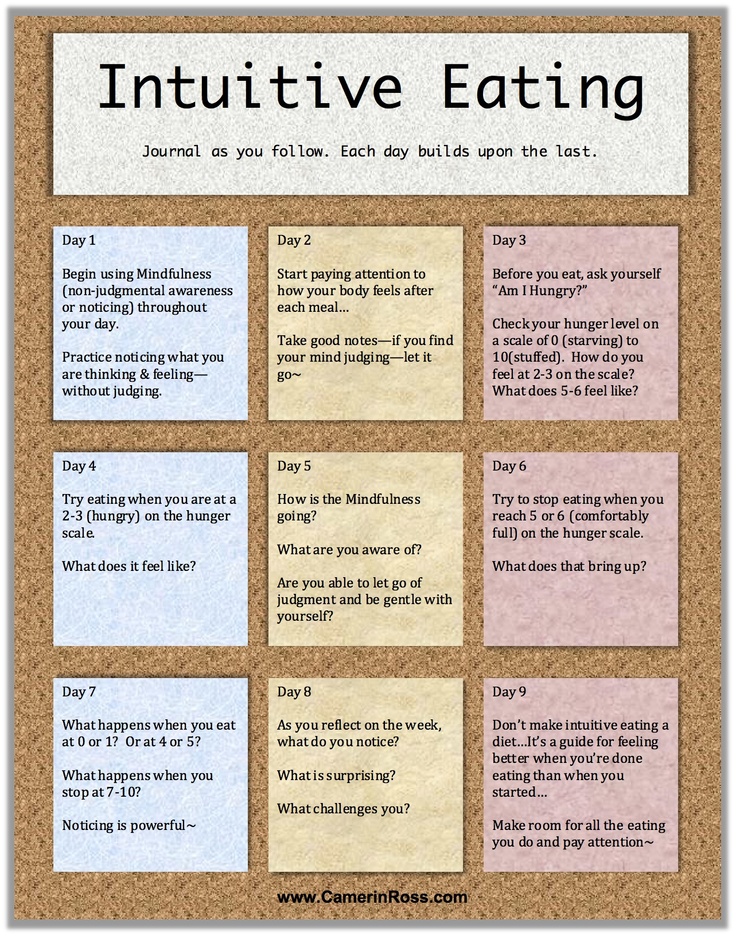
As you do so, begin to focus on expanding the breath into your belly and back. Try to sync your breathing with your partner’s, so you’re both in rhythm.
Laughter yoga
It’s often said that laughter is the best medicine. Laughter yoga is a group practice that focuses on joy, playfulness, and fun.
For a full list of benefits and how to do it, read on here.
Sound healing and music therapy
If you feel drawn to music as a healing tool, you might benefit from sound healing. It can come in many shapes and sizes, from music therapy to gong baths.
If you loved making arts and crafts as a kid, chances are you’ll benefit from art-based mindfulness.
Coloring and doodling
Adult coloring books abound on store shelves these days, so it’s easy to pick one up and get coloring. You can even try Healthline’s very own mindful mandala.
Doodling is another relaxing art-based activity that’s a bit more free-form than coloring inside the lines.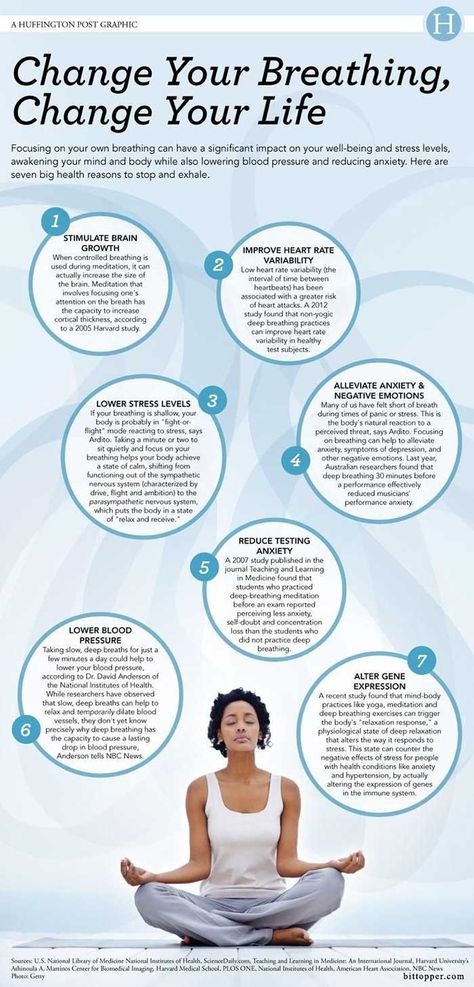 The Zentangle Method is a popular option.
The Zentangle Method is a popular option.
Crafting
Crafting can get you out of your head and into your body. It also offers the opportunity to work with your hands, tune in to your inner child, and engage with different shapes, colors, and textures.
Art therapy
When it comes to healing, art therapy may have a lot to offer. It’s used for post-traumatic stress disorder, anxiety, depression, diabetes, and multiple sclerosis. But it can benefit almost anyone.
According to research, art therapy can regulate mood and even addictive behaviors.
Having a full schedule and being mindful don’t have to be mutually exclusive. You can incorporate mindfulness into your life no matter how stacked your calendar is.
Basic breathing
Basic breathing is simple, straightforward meditation that uses the breath to settle the mind.
- Sit or lie down in a comfortable position.
- Observe your breath on the inhalation.
- Observe your breath on the exhalation.
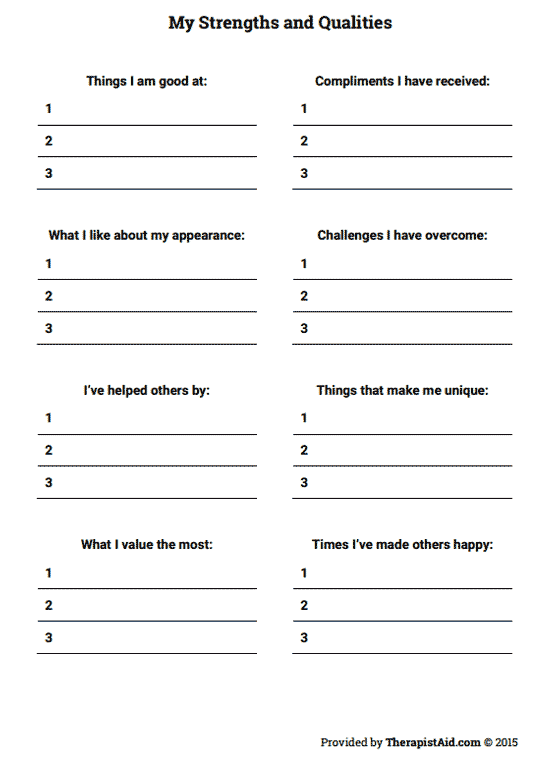
- When the mind wanders, gently bring it back to focusing on your breath.
That’s it! To deepen the practice, focus on feeling:
- your belly and chest expanding and contracting
- the warmth of your breath in your nostrils and throat
- the sensation of your body against the seat or the floor
It’s best to practice consistently at the same time each day. Start with 3 to 5 minutes, and lengthen your practice over time.
Deep seeing exercise
Deep seeing is a simple exercise that engages the sense of sight to tune in more deeply to your surroundings. All you need to do is select an object that appeals to you. It can be anything: a colorful scarf, an orange from a fruit bowl, or a fresh flower.
Then, use your sense of sight to intimately engage with that object. See the folds, colors, texture, size, and shape. Gently observe the object until you begin to notice things you didn’t notice before.
Set a timer for 3 to 5 minutes, so you can fully immerse yourself in the process without looking at the clock.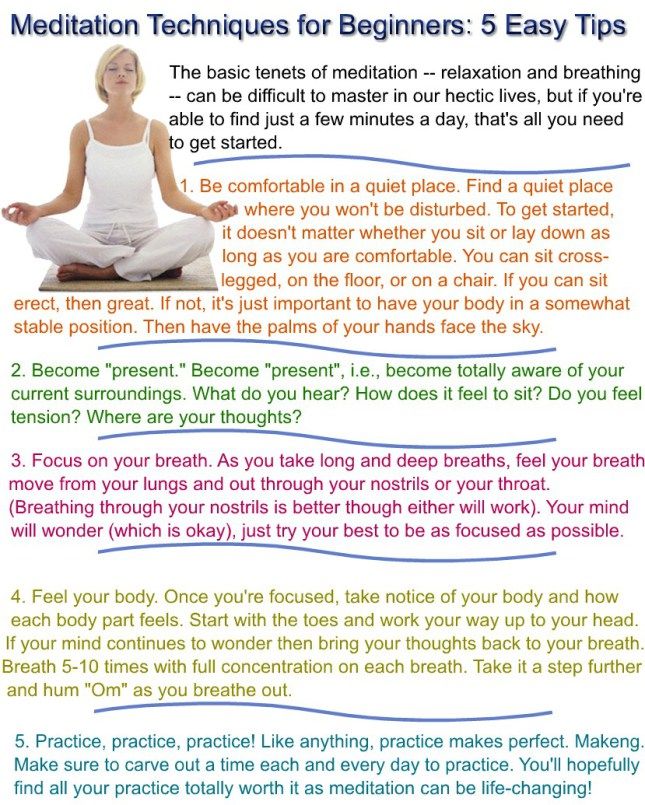
Deep listening exercise
The deep listening exercise is similar to deep seeing, except you use your sense of hearing. All you need to do is sit and listen.
Listen to close sounds, like your breath. Then listen for sounds that are slightly further away, like the hum of a fan or someone speaking in the next room. Then listen for even further sounds, like cars or airplanes.
Do this for 3 to 5 minutes.
Mindfulness activities can involve almost anything you do in your day-to-day life. It’s not meant to be separate from reality, but to be an integral and enriching part of it.
Give these mindfulness activities a try to invite presence, calm, and connection into your every day.
Crystal Hoshaw is a mother, writer, and longtime yoga practitioner. She has taught in private studios, gyms, and in one-on-one settings in Los Angeles, Thailand, and the San Francisco Bay Area. She shares mindful strategies for self-care through online courses.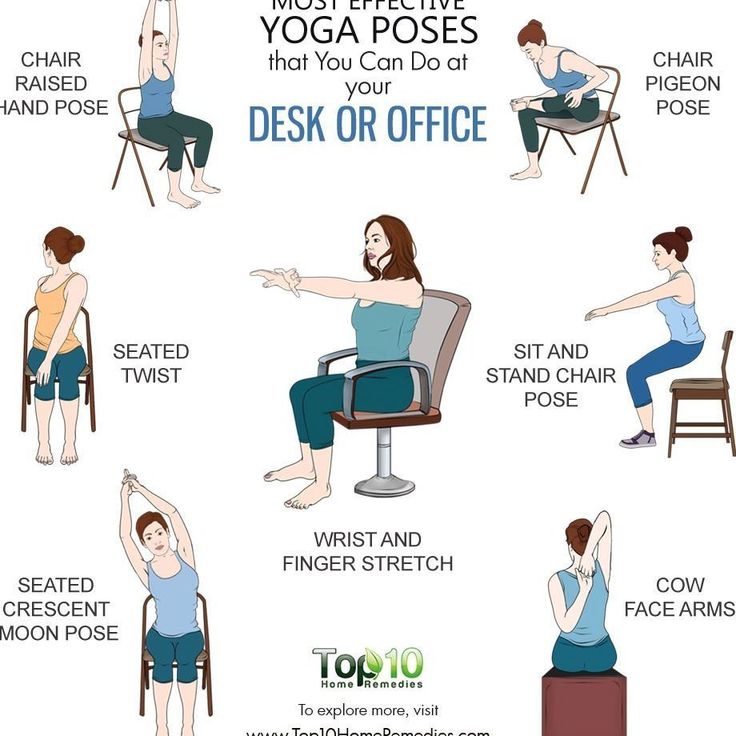 You can find her on Instagram.
You can find her on Instagram.
15 exercises that will help you concentrate on work — Work.ua
Successful people often say “concentrate on the main thing”. But what if the problem is in the process of concentration itself? Work.ua will show the output with examples.
How often we cannot collect our thoughts, our horses, into a single whole. When some external irritants interfere with work - noise, constant notifications by mail or in social networks, questions from colleagues - everything is clear here:
- you need to close yourself from time eaters as much as possible - close social networks, mail during work;
- put on headphones or move to a less noisy room if possible;
- plan time for communication, for specific work, for rest.
Another thing is when the time eater sits inside us, and all the usual “remember why you are doing this” and “rest and reward yourself” do not help. Then comes the time for heavy artillery - concentration exercises.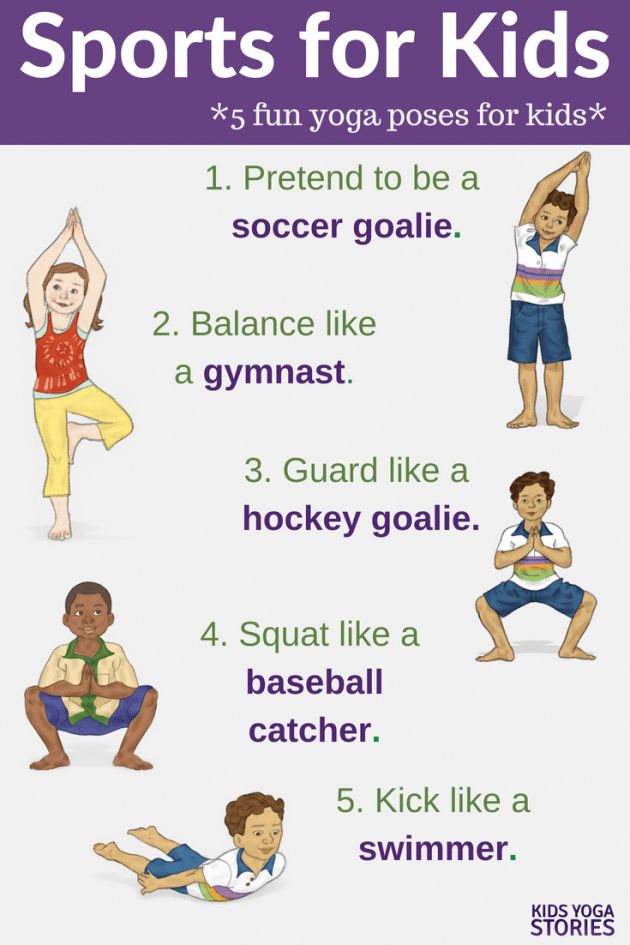 Work.ua shares the most effective and easy to implement.
Work.ua shares the most effective and easy to implement.
1. Exercise “Sounds of Nature”
Listen to the sounds of nature. You can do this wherever you are. Select one of the sounds. Listen to it, hold it. Thus, you will simultaneously stop the internal dialogue and learn concentration. Oddly enough, but this exercise is not easy to perform.
2. Exercise “I see, hear, feel”
It is convenient to perform a complicated version of the previous exercise on the way to work. In the process of walking, consciously observe the world around you with the three main channels of perception - "I see, I hear, I feel." I see - for a few seconds with increased attention you note everything that falls into your field of vision: people, road, trees, clouds. I hear - shift the focus of attention to hearing: voices, the noise of cars, the wind in the foliage, the chirping of sparrows. I feel the touch of clothes, the unevenness of the road with my feet, the wind in my face, the beating of my heart.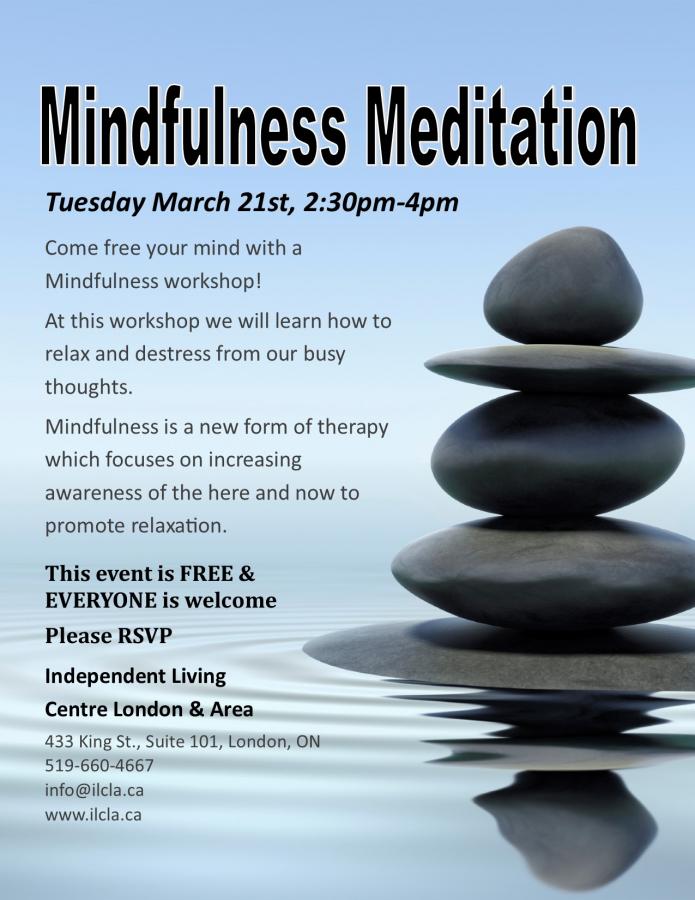
After a while, try to combine the focus on all three channels - that is, to perceive information on all channels almost simultaneously. If at least fragmentarily it turns out to feel everything together, voluminously, this is a good result.
3. Walking Escalator Exercise
A good exercise before the start of the day. The task is to count the number of steps from object to object. If you have not lost count for the standard section of the path, then you are well focused and ready to go.
4. Exercise “Read counting”
Take some text and start reading it at your usual speed. While reading, count the number of words in the text. To count, use only your eyes, do not help yourself with your fingers. Do this exercise for 2-3 minutes. Test yourself and compare your results. Strive to ensure that the first result does not differ from the second.
5. Color blind exercise
Try to quickly name the color in which the words are written. Don't read the words, just name the color.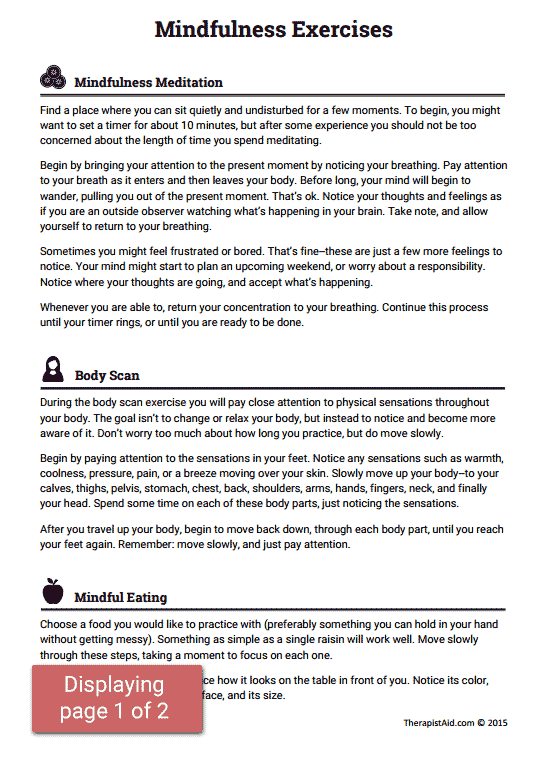
This task is easy for children to complete, adults should practice.
6. Exercise according to the Munsterberg method
The essence of the method: read a continuous alphabetic text for two minutes and find encrypted words, of which there are 23 in this test. If you found all the words in 2 minutes, this is a good result. If you found less than 23 words, then for each missing word you add a 5 second penalty (the threshold time is exactly 2 minutes). If you missed 2 minutes, it means that you have below average concentration, you need to practice more.
7. Exercise "Cardiogram"
Draw a line slowly and smoothly on a clean sheet of paper with a pencil and focus all thoughts and attention only on it. As soon as you catch yourself on a distraction, make a peak upwards, as on a cardiogram, and continue. Based on the results, it is easy to calculate how many times you are distracted. A good level of concentration if there is no peak in 3 minutes.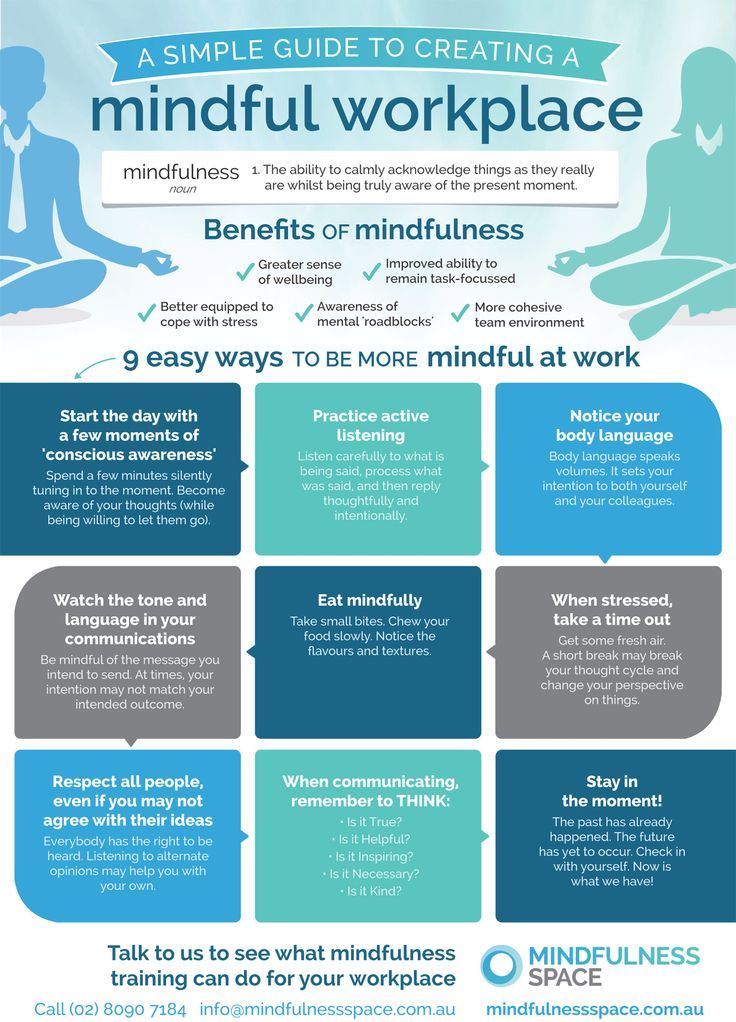 At first, your attention will certainly "go to the side." Your task with each subsequent workout is to reduce the frequency of distraction.
At first, your attention will certainly "go to the side." Your task with each subsequent workout is to reduce the frequency of distraction.
8. Concentration on the word
Choose a short two-syllable word that evokes positive emotions in you or with which pleasant memories are associated. Mentally pronounce the first syllable as you inhale, the second as you exhale. Focus on your word, which can become your personal slogan with concentration.
9. Focusing on an object
In your head, the spotlight is your attention. We illuminate any object with a spotlight for two minutes. Everything else goes into darkness. We look only at this subject. You can blink, but the gaze must remain within the subject. We return to it again and again, look at it, find all the new lines, details, shades. If you were able to maintain sincere interest during the allotted time, this is a good result.
10. Watch exercise
Watch the second hand for 2 minutes without distraction.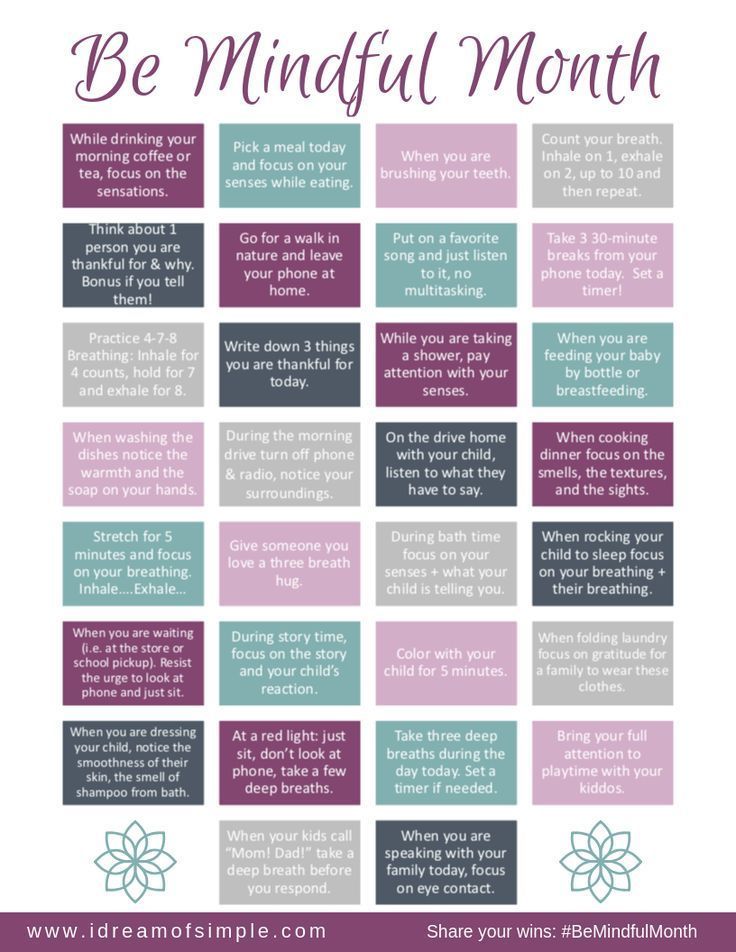 Aerobatics exercises with a clock - the Klinsman exercise. The famous German footballer came up with a way to train his concentration before the match: with the help of tweezers, he completely disassembled and carefully reassembled the entire clock mechanism, achieving a thorough clock. If you don’t have extra details left, this is already a good level.
Aerobatics exercises with a clock - the Klinsman exercise. The famous German footballer came up with a way to train his concentration before the match: with the help of tweezers, he completely disassembled and carefully reassembled the entire clock mechanism, achieving a thorough clock. If you don’t have extra details left, this is already a good level.
11. Exercise "Sphinx"
It is necessary to be in a chair absolutely still, completely still, not moving, stopping any involuntary muscular movements. Let go of thoughts, let them also come and go in a relaxed way, without purposely directing them anywhere. Well, if you achieve a comfortable motionless state of the wise sphinx within 15 minutes. With outward simplicity, the exercise is difficult.
12. Micromeditation
Focus on your feelings. Direct your attention to the foot of the right foot, feel the toes, the sole. Feel the contact of the feet with the floor, the sensations that arise from this contact.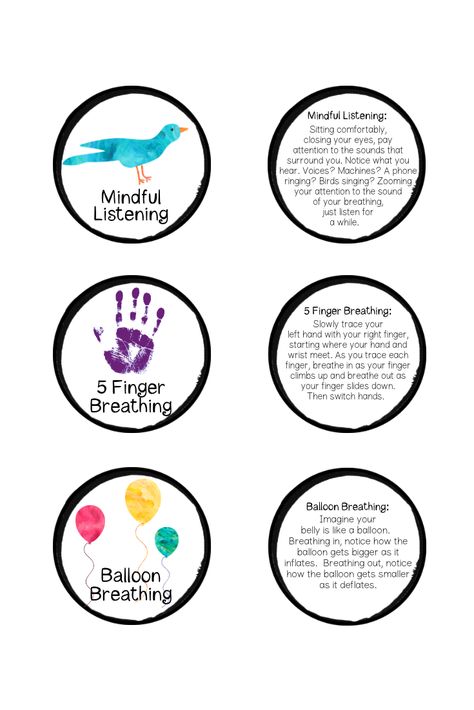 Focus on your right hand. Feel the fingers, the palm, the surface of the hand, the whole hand. Feel your forearm, elbow. Feel the contact of the armrest of the chair with your hand and the feeling it causes. Feel the left hand in the same way. Feel the lower back, back, contact with the chair. Focus on the face - nose, eyelids, forehead, cheekbones, chin. Feel the touch of air on your face.
Focus on your right hand. Feel the fingers, the palm, the surface of the hand, the whole hand. Feel your forearm, elbow. Feel the contact of the armrest of the chair with your hand and the feeling it causes. Feel the left hand in the same way. Feel the lower back, back, contact with the chair. Focus on the face - nose, eyelids, forehead, cheekbones, chin. Feel the touch of air on your face.
13. Exercise "Fly"
Imagine a field for playing tic-tac-toe three by three. A fly sits in the central field. The task is to move the fly so that it does not go beyond the edges of the field, without losing it with its focus of attention. There are only four moves - "up", "down", "right", "left". The fly does not walk diagonally, the fly does not reverse. Of course, moving the fly is purely mental. If you lasted five minutes without errors, this is a good level of concentration.
The exercise can be made more difficult — “Two flies”. There are two flies on the field - fly one and fly two. Flies walk in turn, for example: "Fly one - up", "Fly two - to the right." The rules and the task are the same: mentally not to lose flies and not to make mistakes. Three minutes without errors is a good result.
Flies walk in turn, for example: "Fly one - up", "Fly two - to the right." The rules and the task are the same: mentally not to lose flies and not to make mistakes. Three minutes without errors is a good result.
The most difficult option is the "Volumetric Fly". Imagine the field for playing tic-tac-toe is no longer flat, but voluminous, like a "Rubik's Cube". In the very center of this three-dimensional field, inside, sits a fly. The task is the same - to move without mistakes and not to lose the fly. Two more moves are added to the previous moves "up", "down", "right", "left" - "towards" and "from oneself".
14. Exercise "Counting"
This exercise is also a good way to concentrate, calm down and gather attention before an important situation, negotiations, speech. Sitting quietly and silently, slowly count in your mind from one to thirty, fully concentrating on the numbers.
There are two versions of the exercise: with closed eyes - an easier version, with open eyes - more difficult, there are more distractions.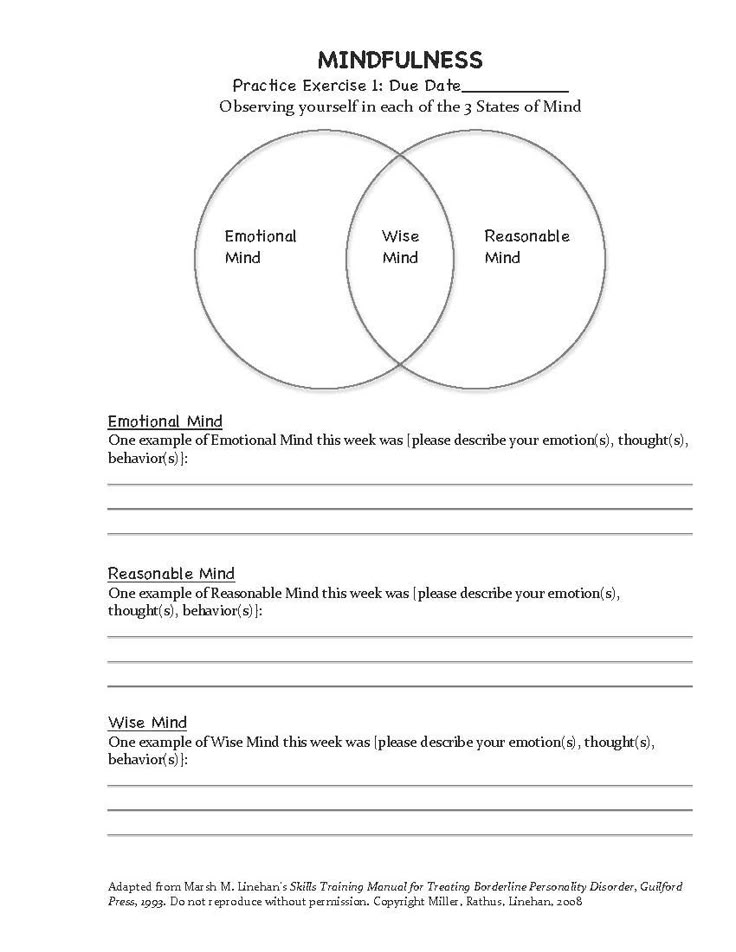 If any extraneous thought distracts from the account, everything starts all over again. Think only about numbers! If you managed to count to thirty without distraction, this is a good indicator of your concentration of attention.
If any extraneous thought distracts from the account, everything starts all over again. Think only about numbers! If you managed to count to thirty without distraction, this is a good indicator of your concentration of attention.
15. Can you do it faster?
This exercise should be done already during work, especially if you are doing routine or difficult tasks that you do not want to do. Get yourself interested in competing against yourself for the time being. Will I be able to do it faster than before? Note the time and command to start, attention, march. All the time stimulate yourself with competition - to do faster than before.
High efficiency is impossible without a highly developed concentration of attention. Work.ua wishes you to develop this quality, apply it in your life and learn how to get things done faster.
Receive news in Telegram
You must be logged in to leave a comment.
games and exercises that develop mindfulness
Why is it necessary to develop attention?
It is difficult for a person, at any age, to concentrate because of distractions: extraneous noise, fuss around, and even his own thoughts.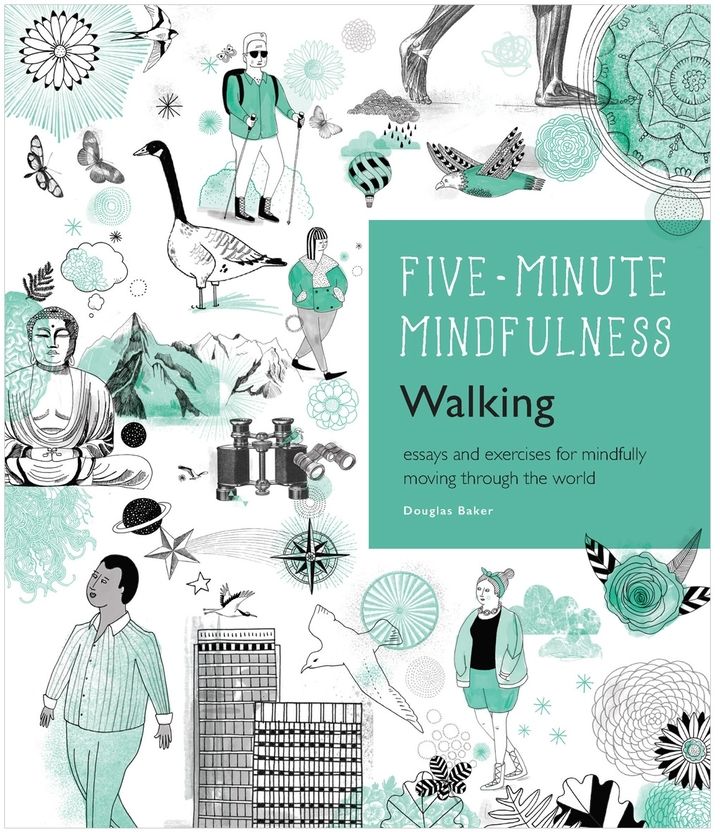
The world does not stop so that we can calmly solve our problems.
And if the problem with concentration is not solved, then such serious problems arise as: failures in studies and at work, discord in family life, difficulties in mastering new skills.
If you are reading this page, then the issue of improving attention has become relevant. And if there is a problem, we will solve it.
How to improve concentration?
Everything good that a person strives for goes through difficulties. Overcoming them also increases the price of the acquired skills. So that overcoming does not become an "eternal battle", it is enough to adhere to the basic rules:
Rule #1: the main thing is to force yourself to start, and then it will become easier.
It is believed that there are several types of attention: voluntary, involuntary and post-voluntary.
- Voluntary attention is based on the willpower of the individual.
 It helps to force yourself to do household chores, despite such obstacles as laziness.
It helps to force yourself to do household chores, despite such obstacles as laziness. - Involuntary attention is triggered regardless of our desire, when the strength of extraneous stimuli overshadows other moments. For example, we are trying to fall asleep, but suddenly we begin to listen to creaks and rustles in the next room.
- After-voluntary attention arises as a result of concentration. Overcoming difficulties during voluntary concentration, a person gets used to them, and the activity itself begins to arouse interest. It is in this state that most of life's tasks are carried out and solved.
Rule #2: regularity quickly turns into a good habit.
Determine the exact time for classes and training. Just a few minutes a day is enough to get you started.
But an obligatory condition: you can't miss it!
It is enough to give yourself slack once, and consider that everything will have to start all over again.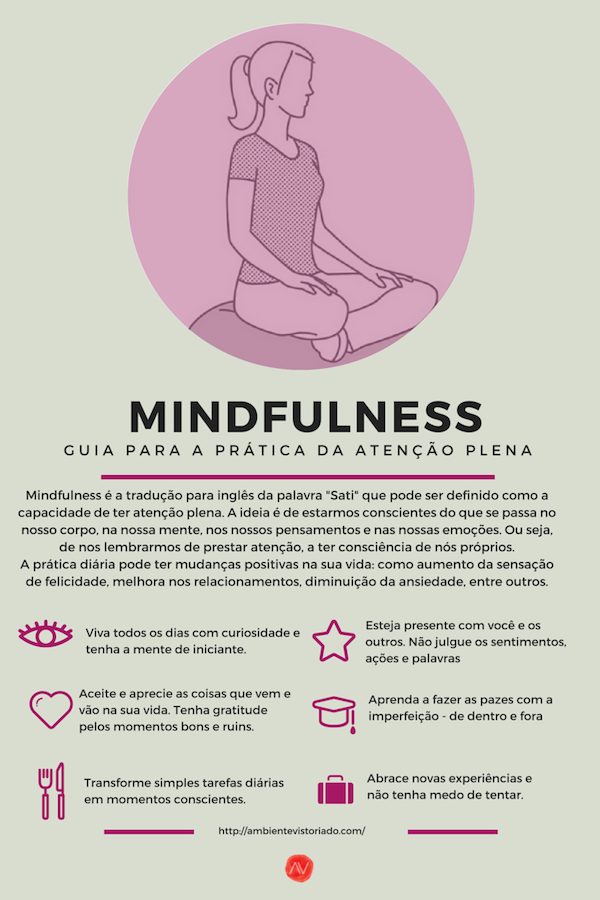 Without willpower (voluntary attention), in the first couple, you can not do.
Without willpower (voluntary attention), in the first couple, you can not do.
Rule #3: creative approach to solving a problem is always a success.
Do not turn your studies into a routine. There is nothing worse than constantly forcing yourself to do something boring. There are many options for mindfulness training.
Choose the one that best suits you personally.
Attention Training: Awareness of the World
When you are outside or at work, try to focus your attention on what is going on around you. Notice for yourself: where you are going, what you are doing, who is nearby, what others are doing, what the weather is like.
Don't let yourself go into prostration and keep your attention.
To complicate the task: note the number of repeating factors. For example, how many times a colleague ran away for a smoke break, or how many red cars stopped at a traffic light.
Performing habitual actions, perform them consciously.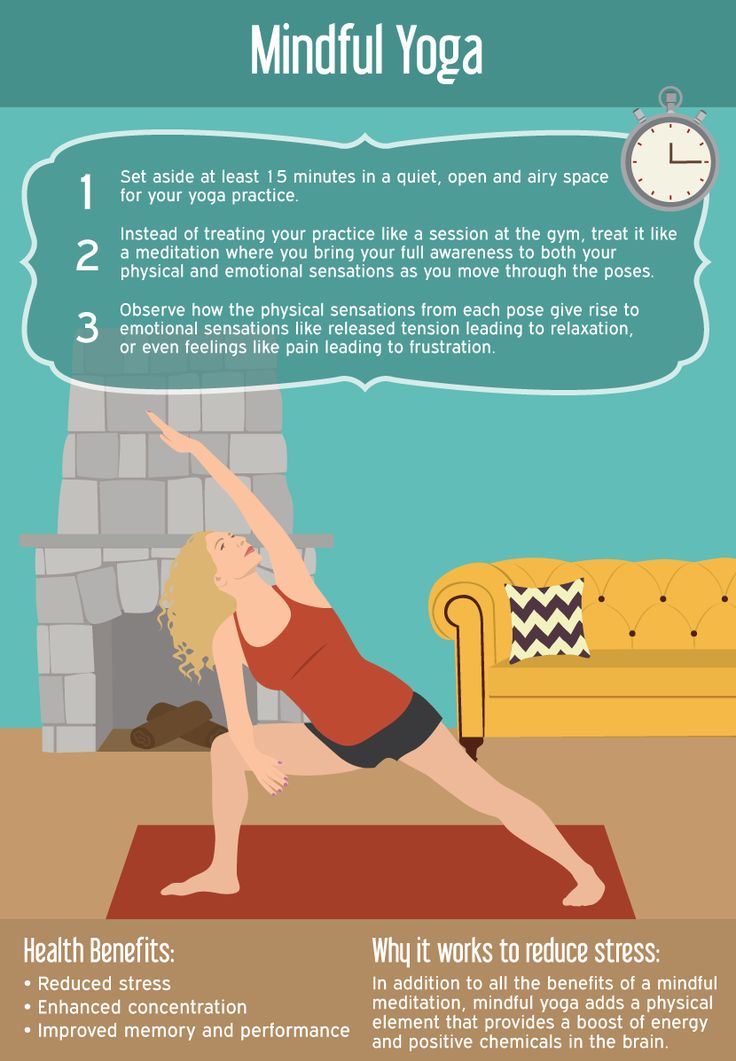 First, focus on leaving the house, control your every step. Washed, dressed, had breakfast, left the house.
First, focus on leaving the house, control your every step. Washed, dressed, had breakfast, left the house.
This lesson will not only help increase the power of attention, but will remove disturbing questions: did you turn off the iron, did you close the door.
Attention Training: A New Look
Try to look at the objects around you more carefully.
Come up with new properties for this or that subject. Note the quality and appearance of things. Try to see around you what you did not notice before.
This exercise helps you learn to shift your attention from one task to another.
Attention Training: Meditation
Surprisingly, meditation is a very good exercise to improve attention. Turning on good music or in complete silence, completely relax, take a comfortable position. Breathe smoothly and freely. Get rid of extraneous thoughts.
Move your mental gaze to the tip of the nose and fix your attention on it. Follow only the sensations, breathing and mental gaze at the tip of the nose.
Follow only the sensations, breathing and mental gaze at the tip of the nose.
As soon as your thoughts turn to something else, return to the starting point.
Games and exercises to improve attention.
There are an incredible number of games for developing memory and attention, and new ones are invented every day. We will give here a number of the most interesting exercises that contribute to the overall development of brain activity.
Exercise can be done by the whole family, making personal training fun for the whole family.
For some exercises, additional attributes will be required, which you can prepare yourself or order on our website.
exercise increasing attention "Photo memory"
Age: from 8 years and older.
This exercise helps develop visual memory and concentration.
Task: Look closely at the picture with the pattern. Try to "photograph" in memory all the details.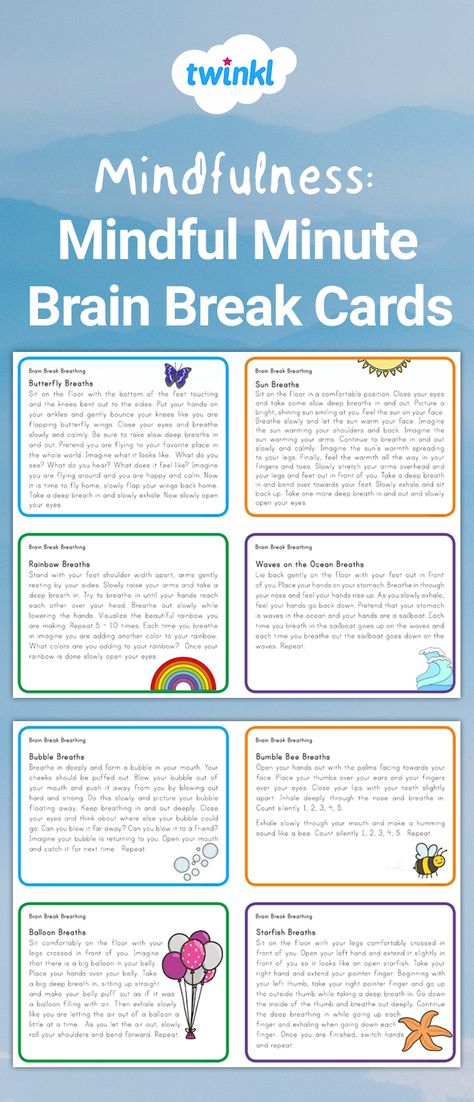 After that, open the next picture with questions and try to answer all of them.
After that, open the next picture with questions and try to answer all of them.
Tip: For the first picture, do not limit the memorization time, but from the second or third pattern, limit the viewing time.
The well-known and fun warm-up for the mind "Colored Words"
Often used as a warm-up in classes with both children and adults.
Exercise promotes the formation of connections between the hemispheres of the brain, improves concentration and attentiveness. In addition, this exercise is used in the prevention of Alzheimer's disease.
Task: You need to say out loud the COLOR of the written word, and not read the word as it is.
We have made this game more difficult, and we suggest using several options for tasks.
Options:
-
Color words - name the color of the word
-
Shapes - name the color of the shape
-
Name the color of the word written in the figure
Find All Game
Age: 5 years and older
A popular game that develops concentration.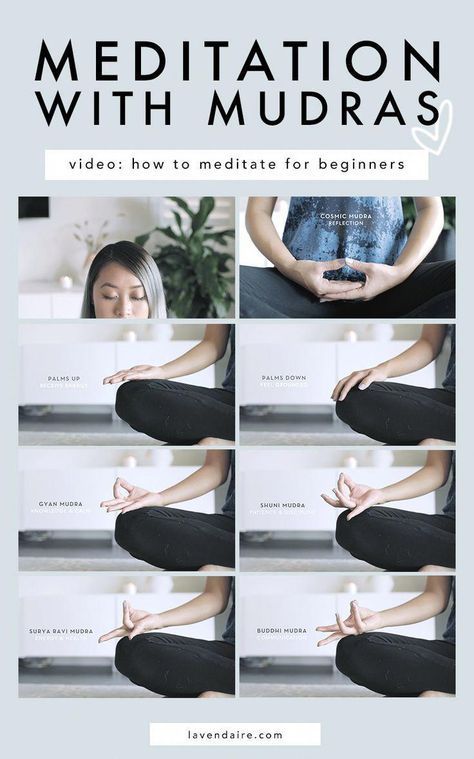
No age restrictions. But for each age, it is better to select suitable pictures. For small and old ones, choose pictures with large objects.
Task: find the specified number of objects in the picture.
Artist: Alexandra Matyugina
Count how many game
Age: 7 years and older
The exercise teaches quick concentration of attention: when in a short time, you need to complete a certain task.
Task: Each picture shows many objects. Items are hidden one by one. The player is required, for a certain time, to count how many of these or other objects are shown in the picture.
Tip: time to study the picture, determine according to the age of the player: from a minute or less.
mindfulness game
"Find the shadow"
Age: 6 years and older
The game is simple, it can serve as a warm-up in the lesson.